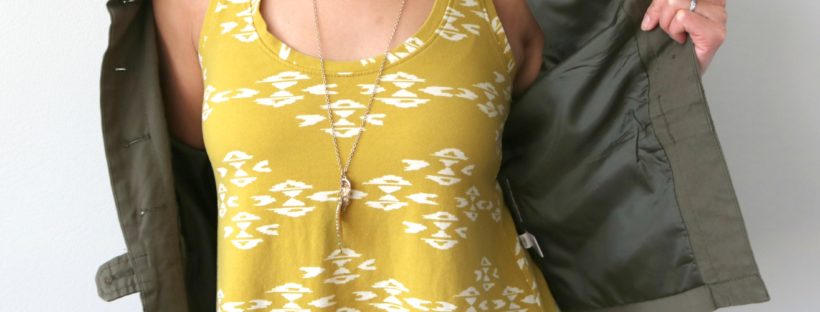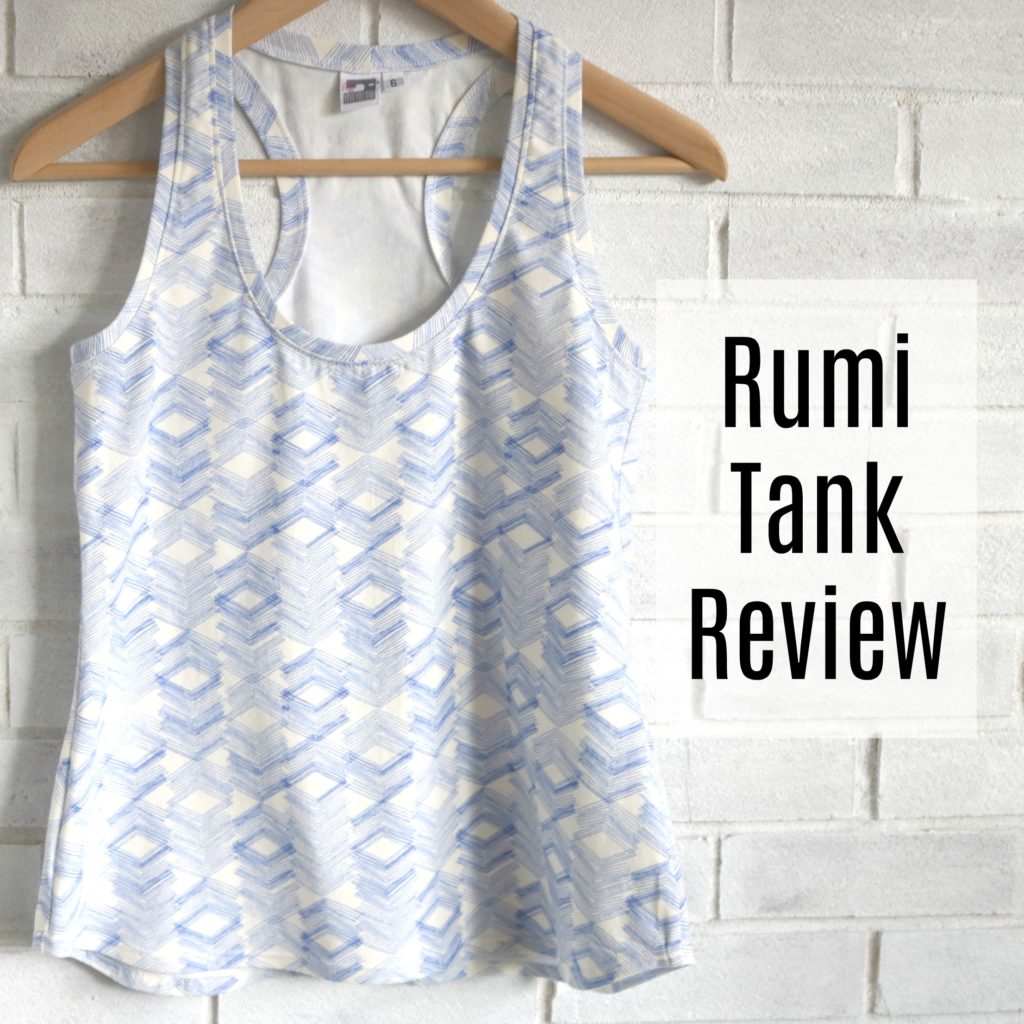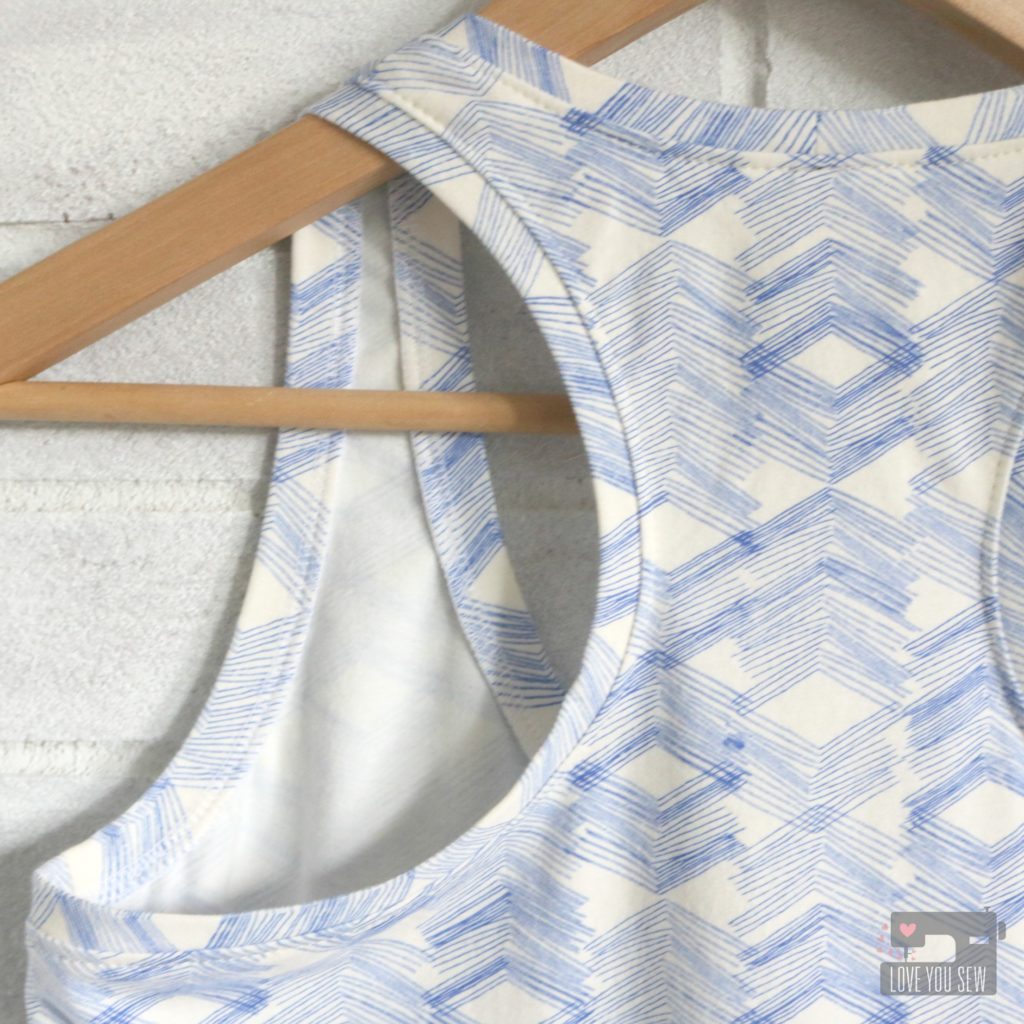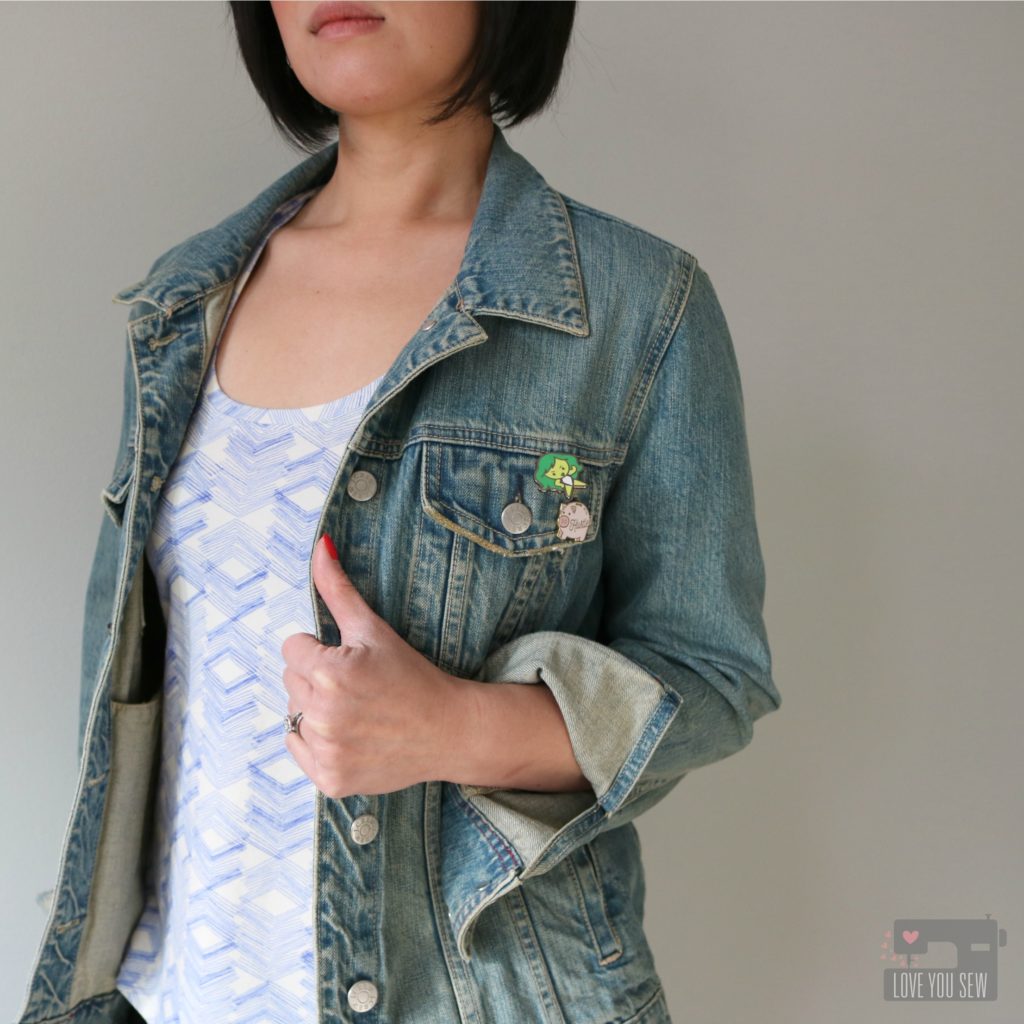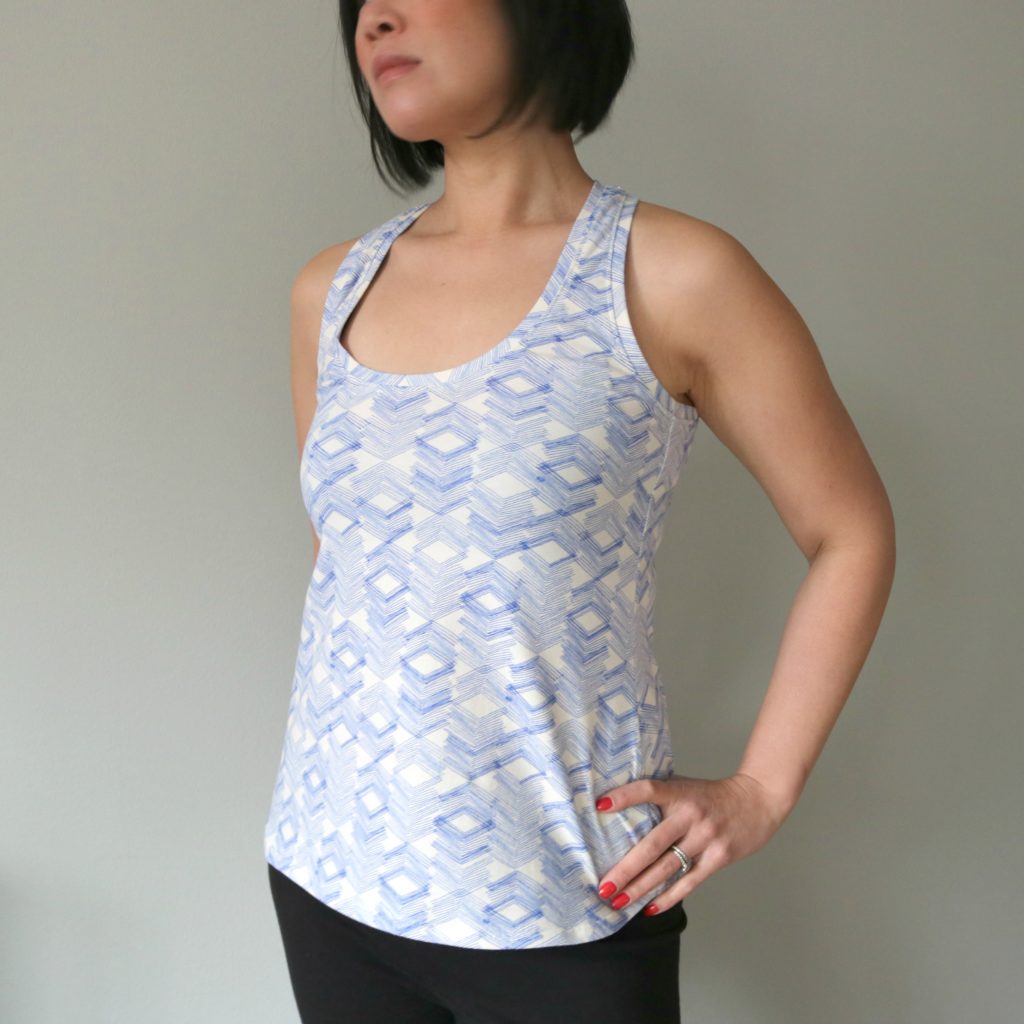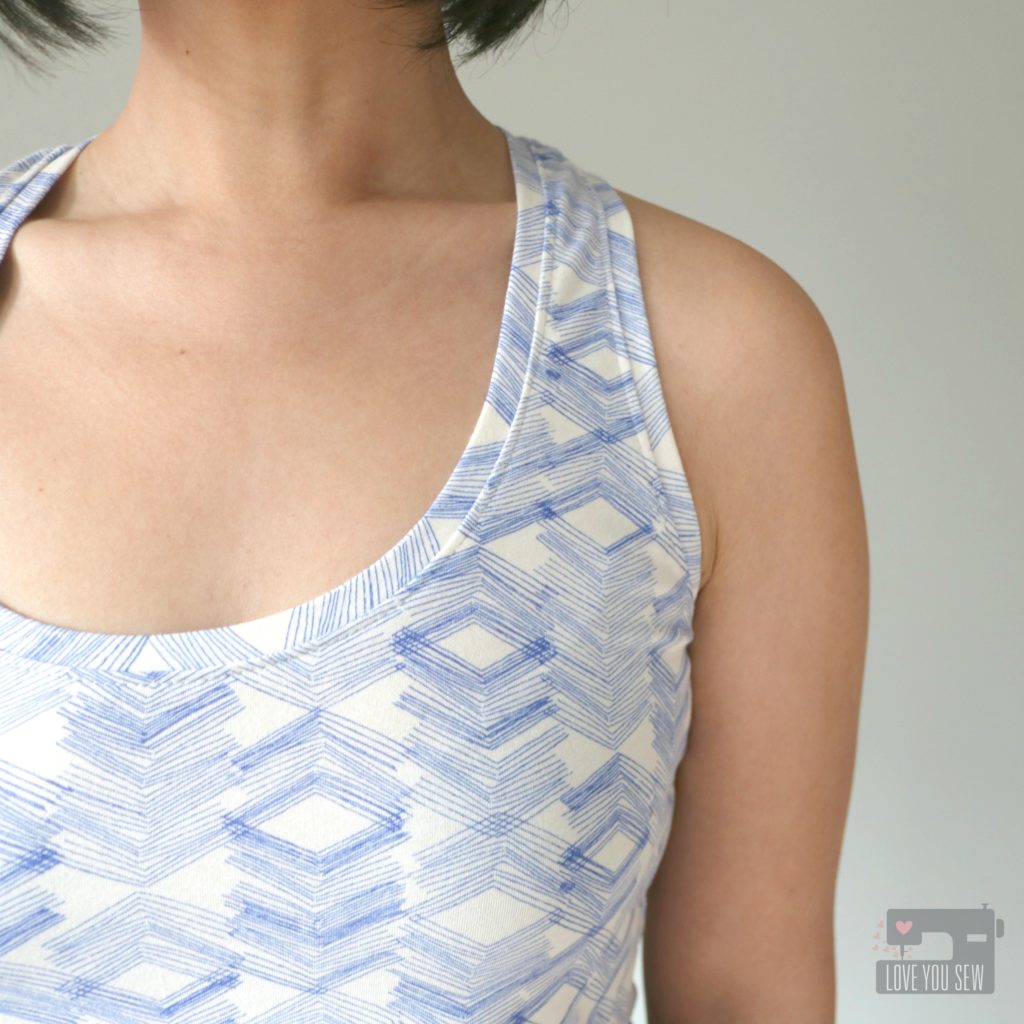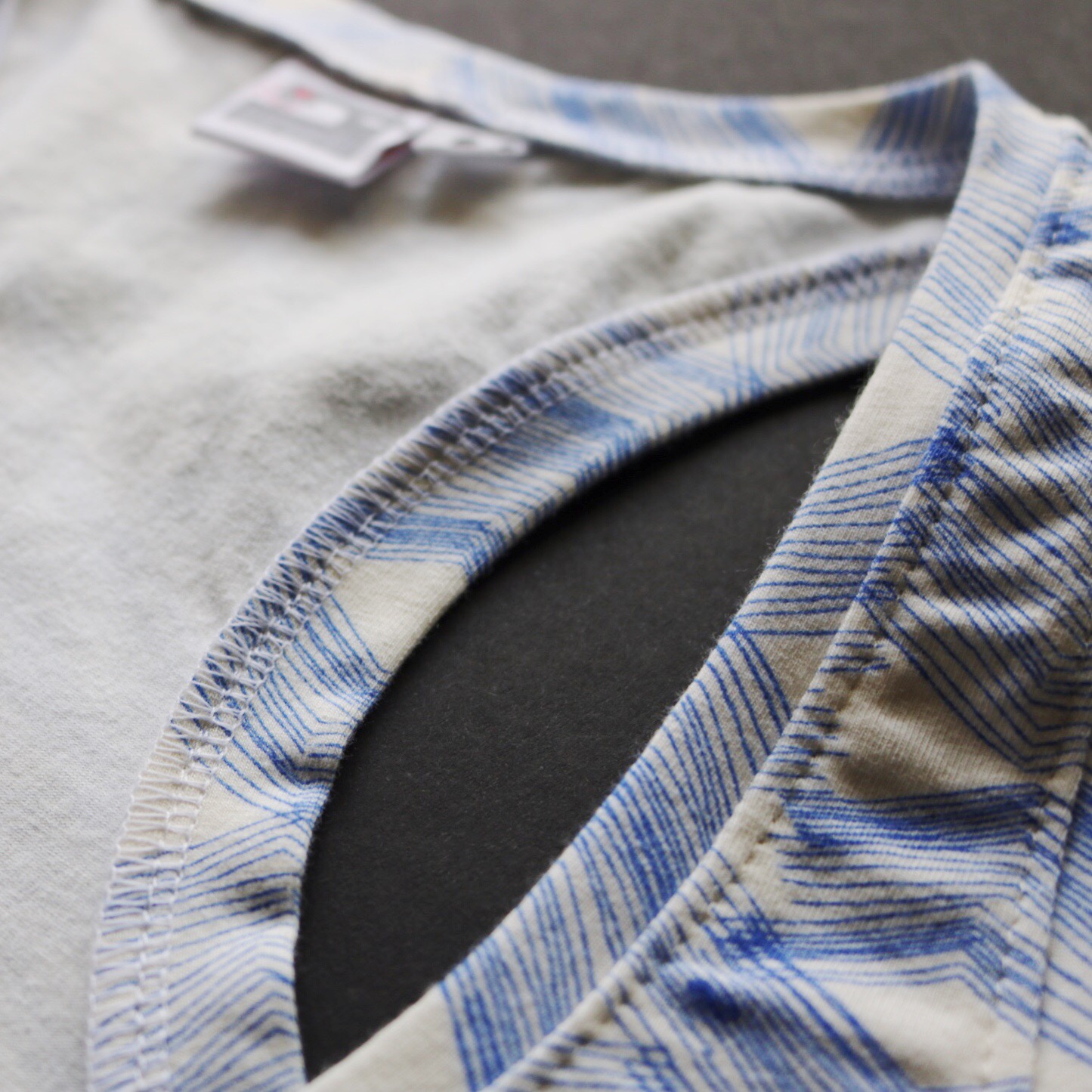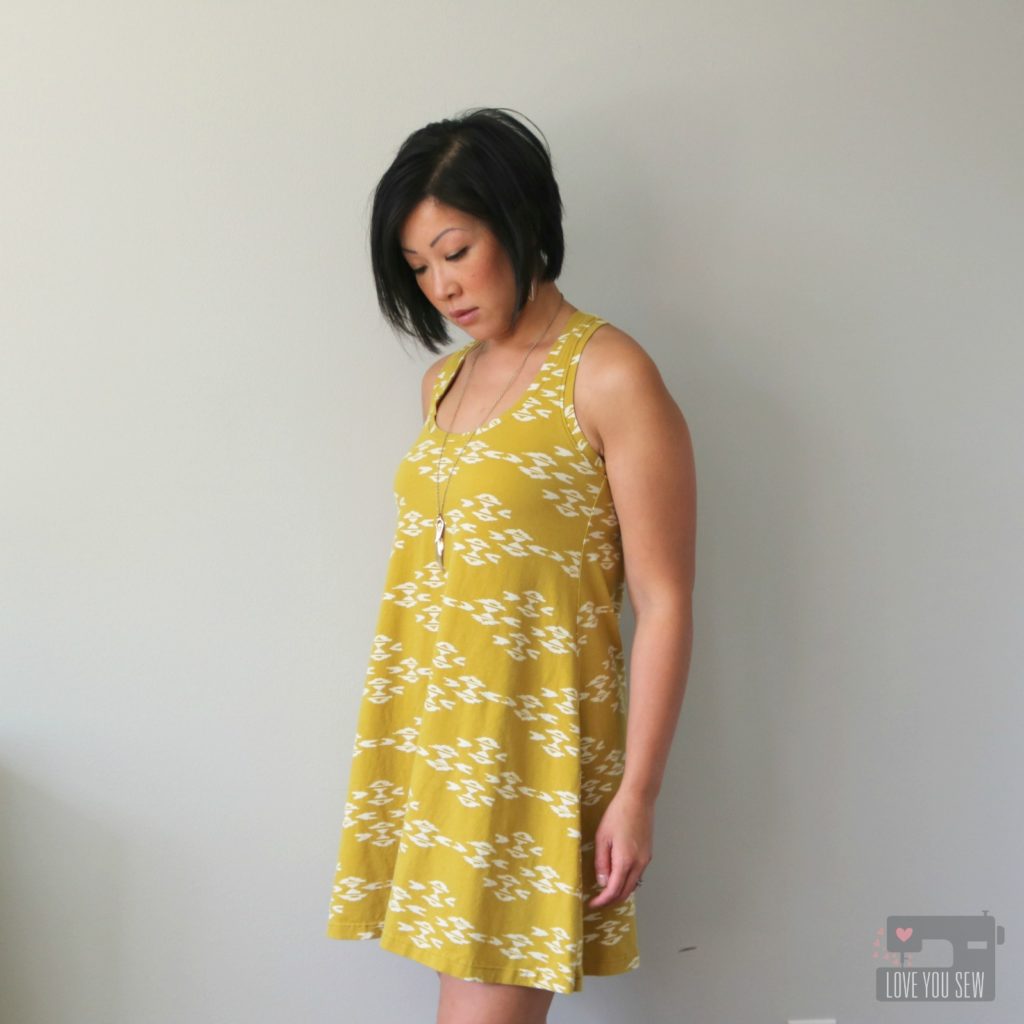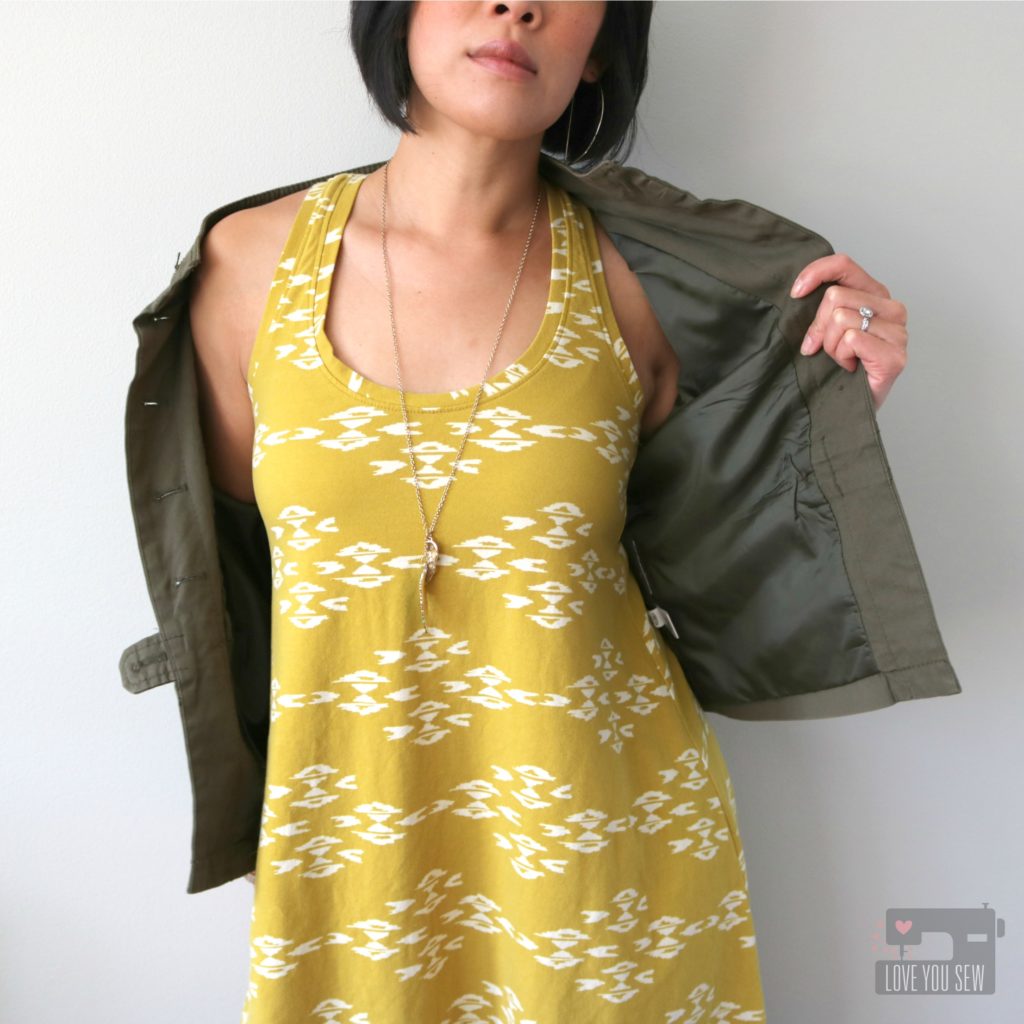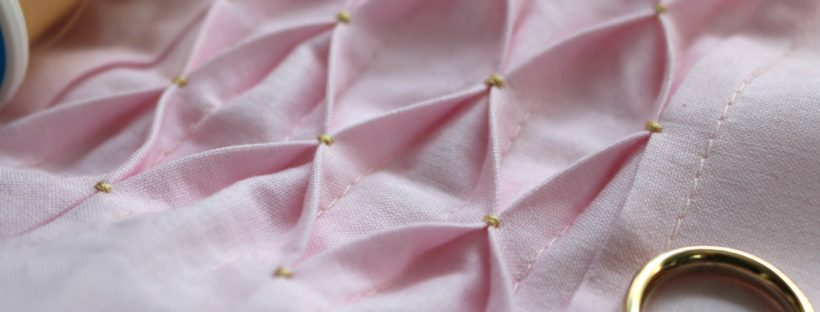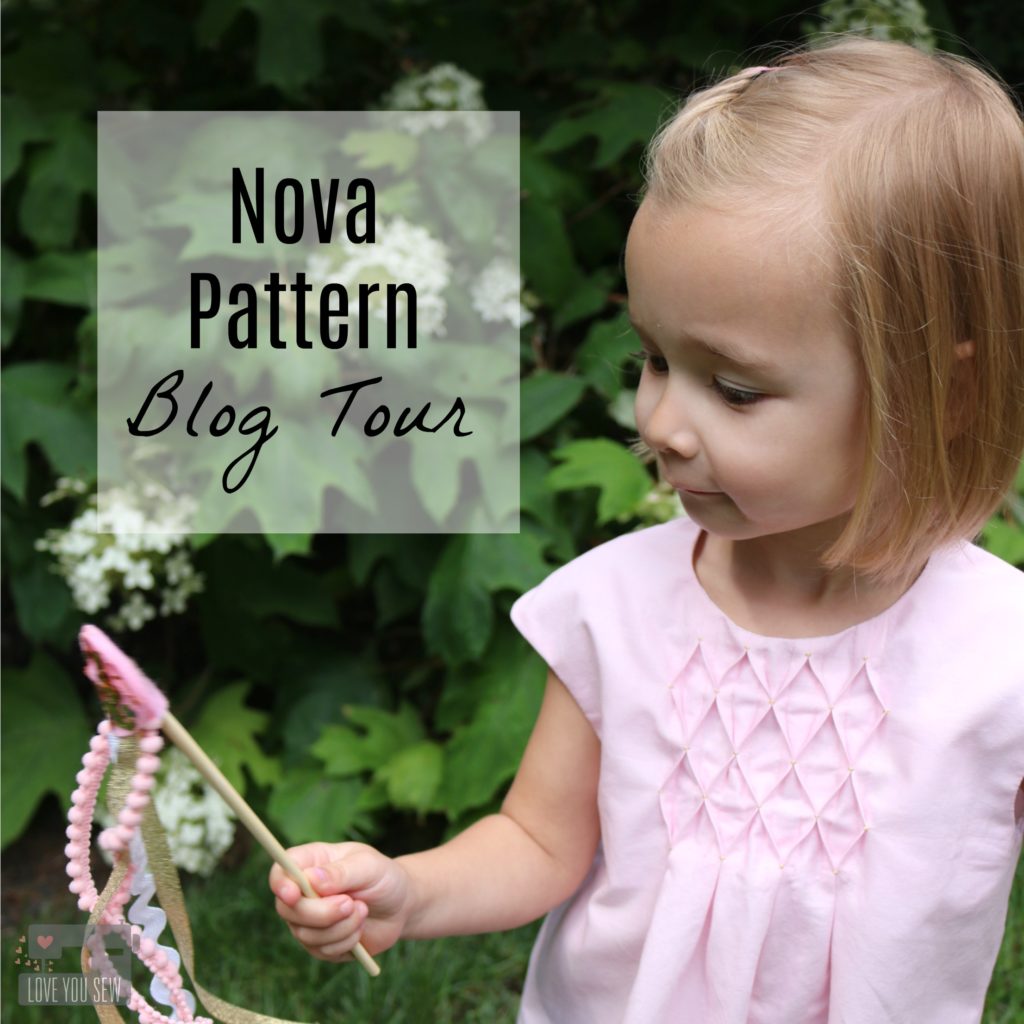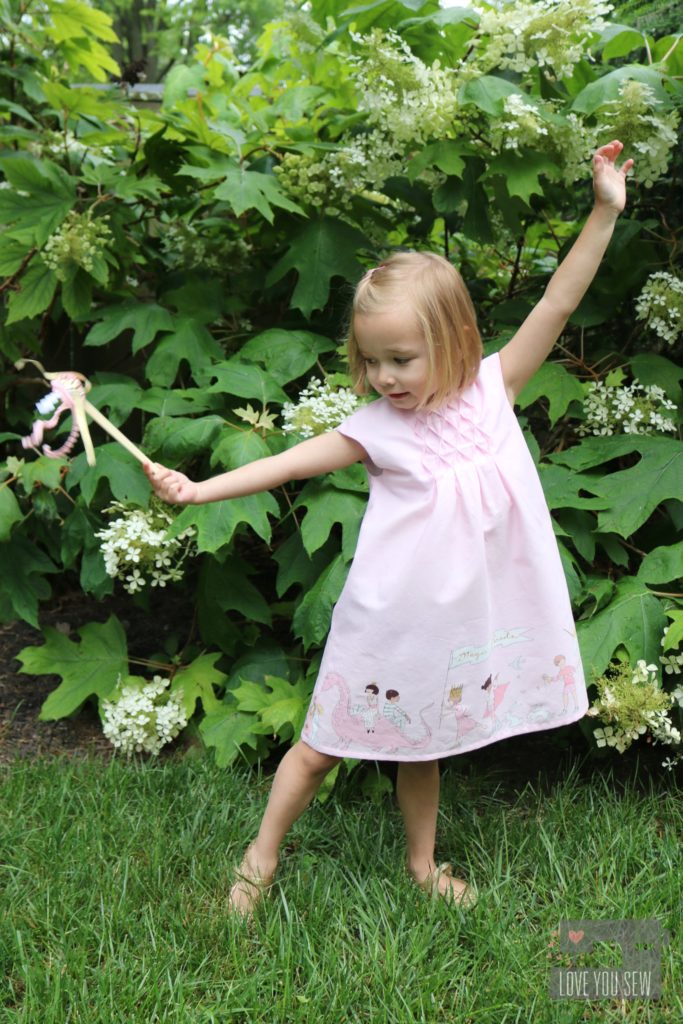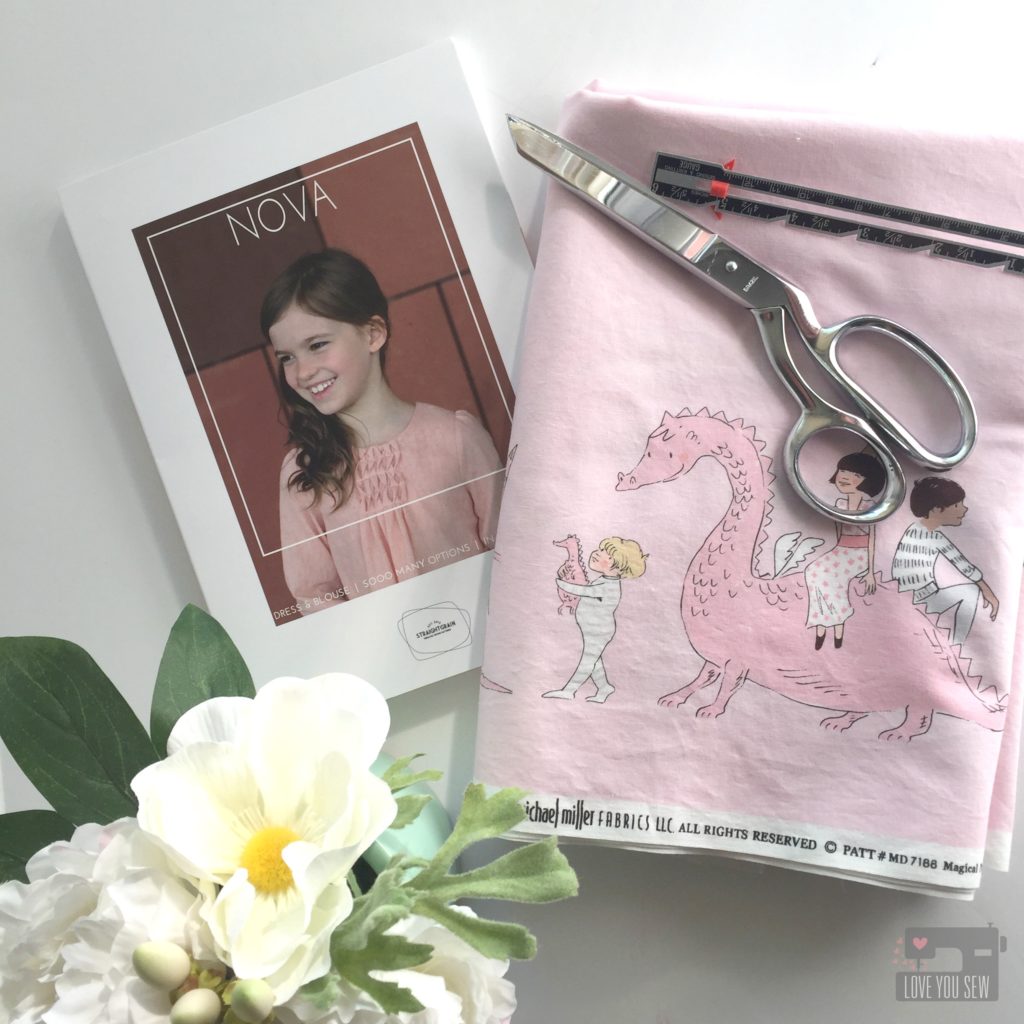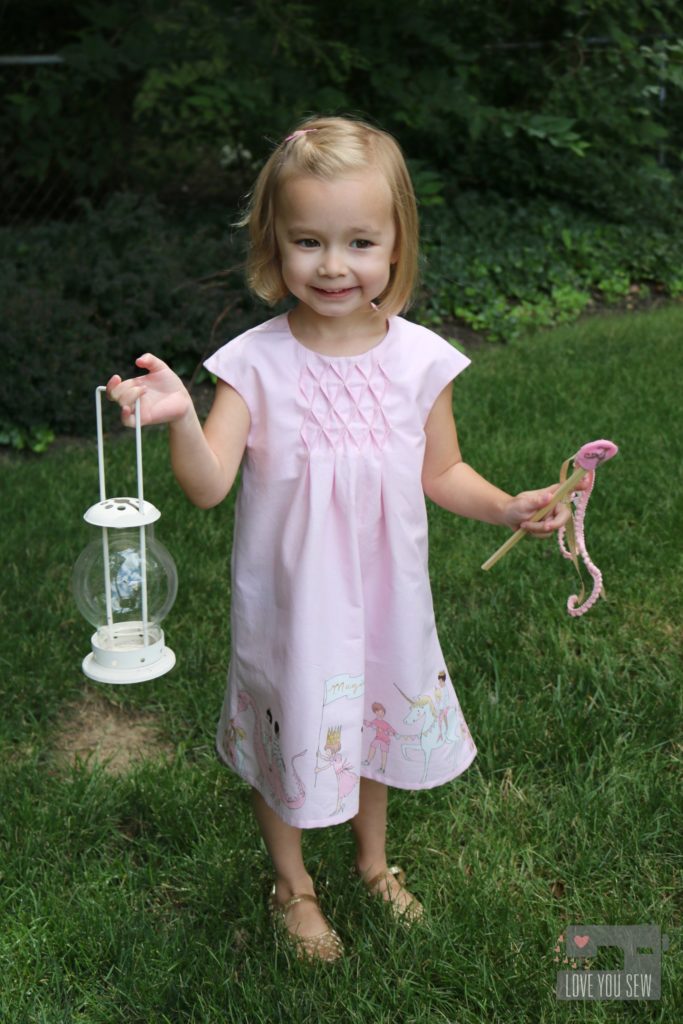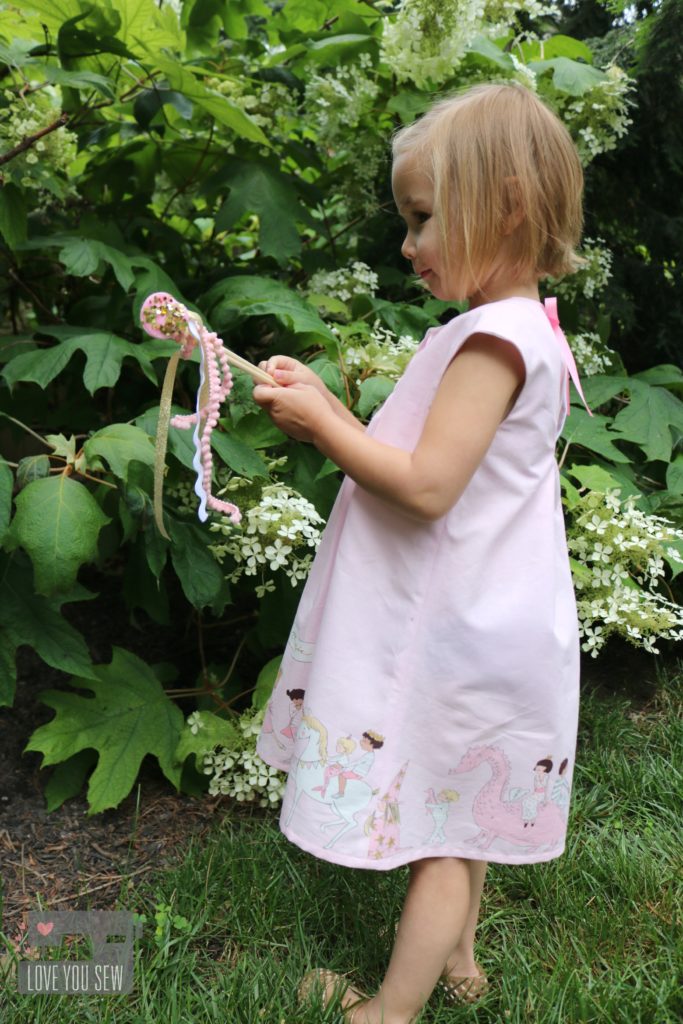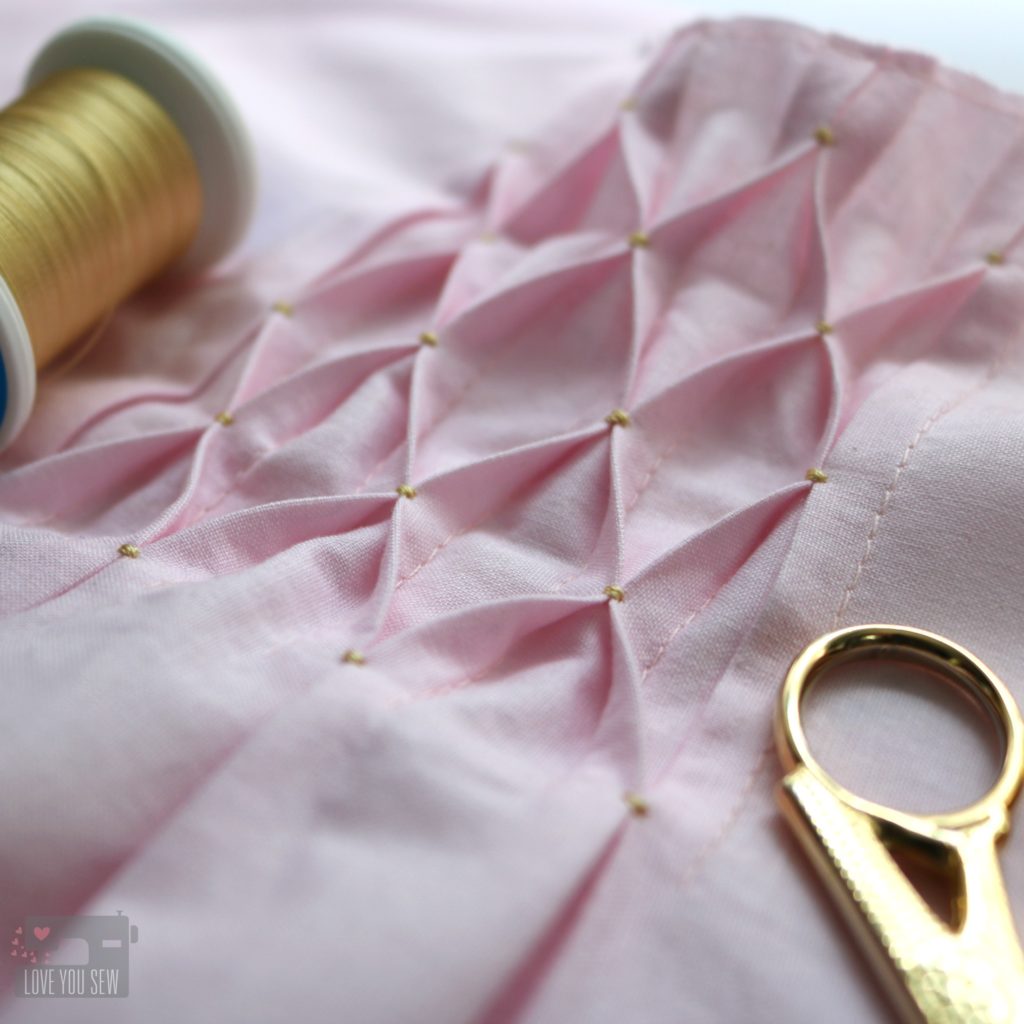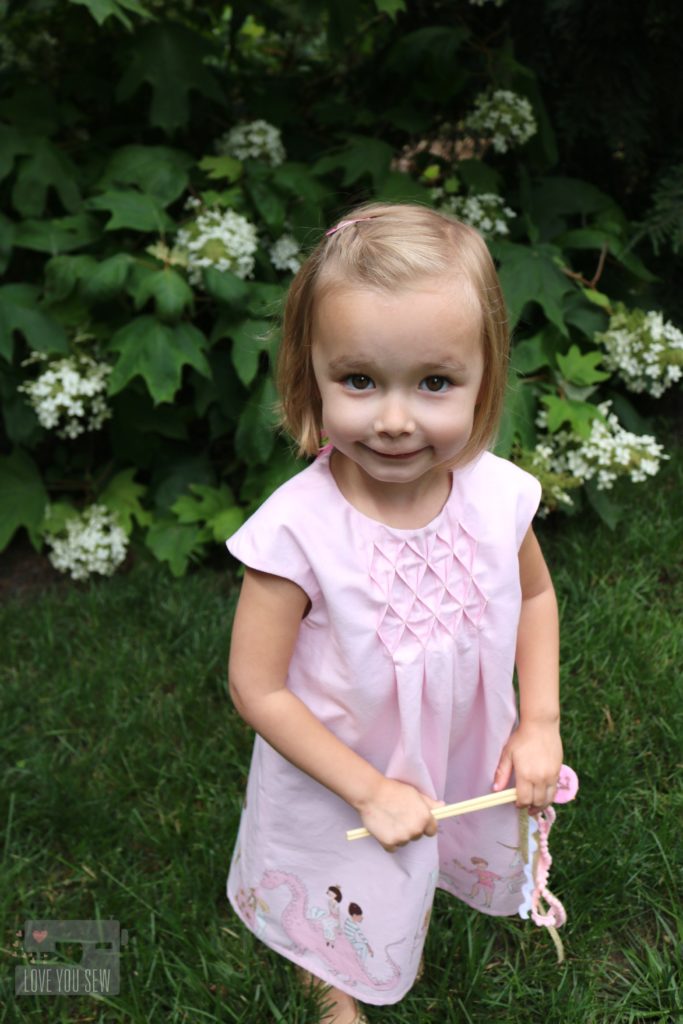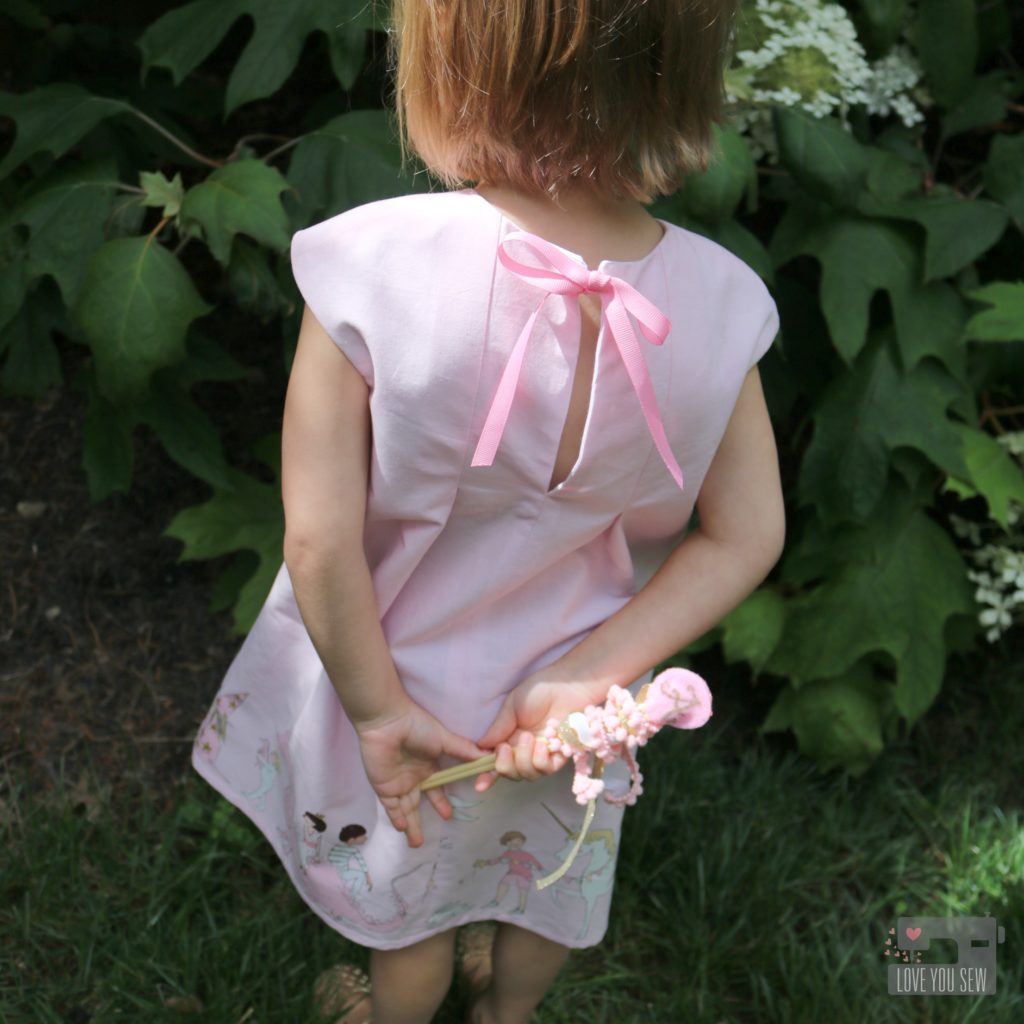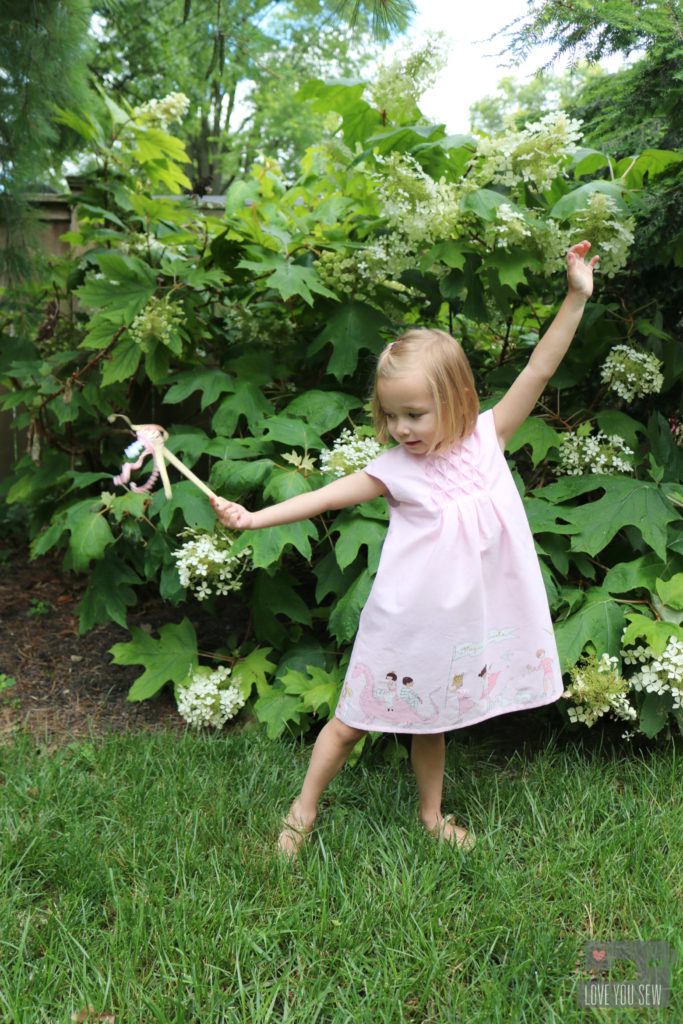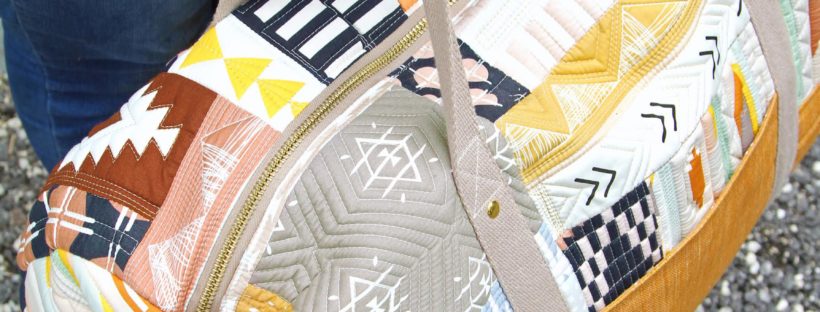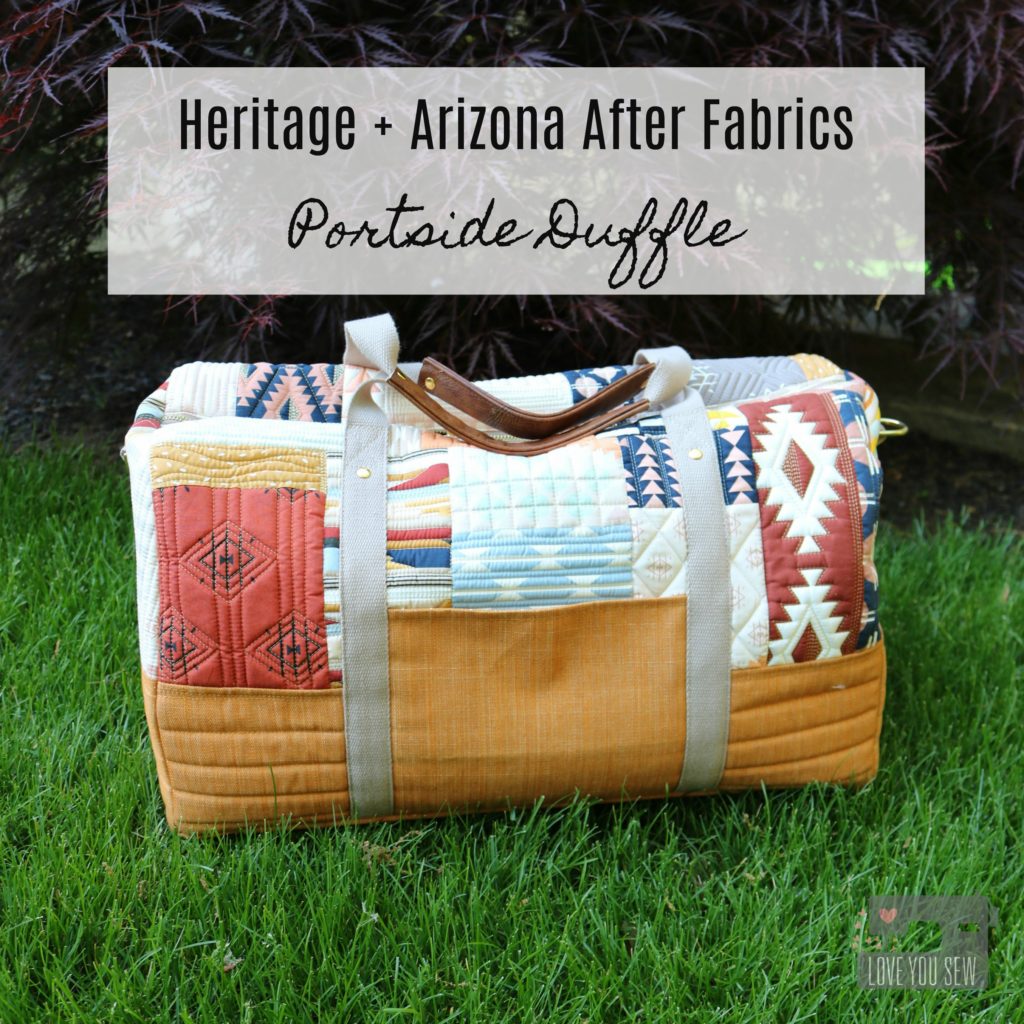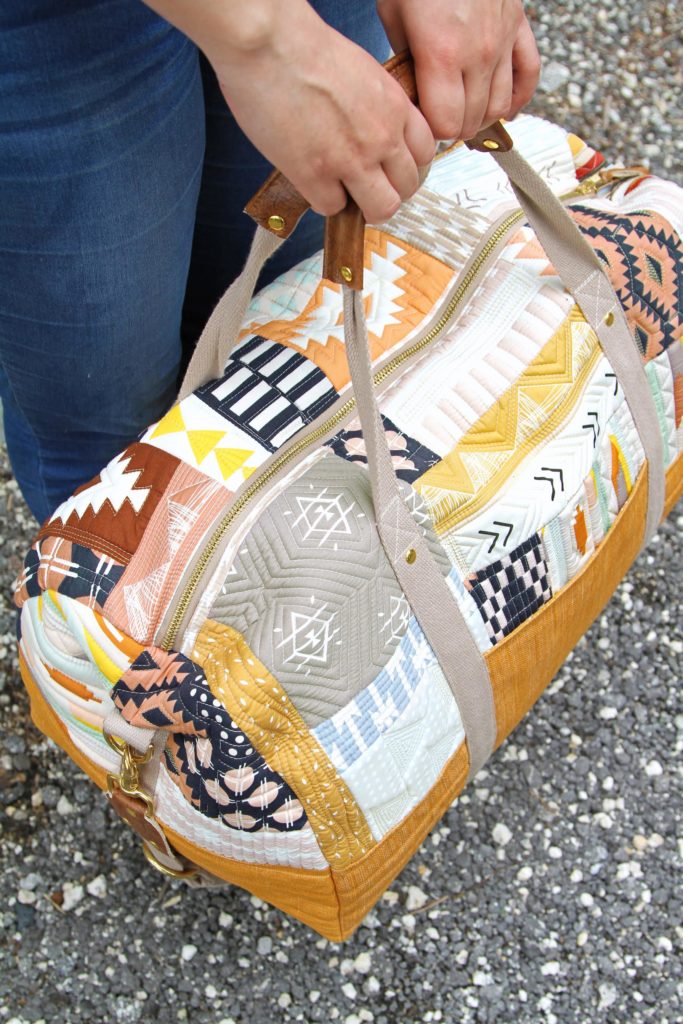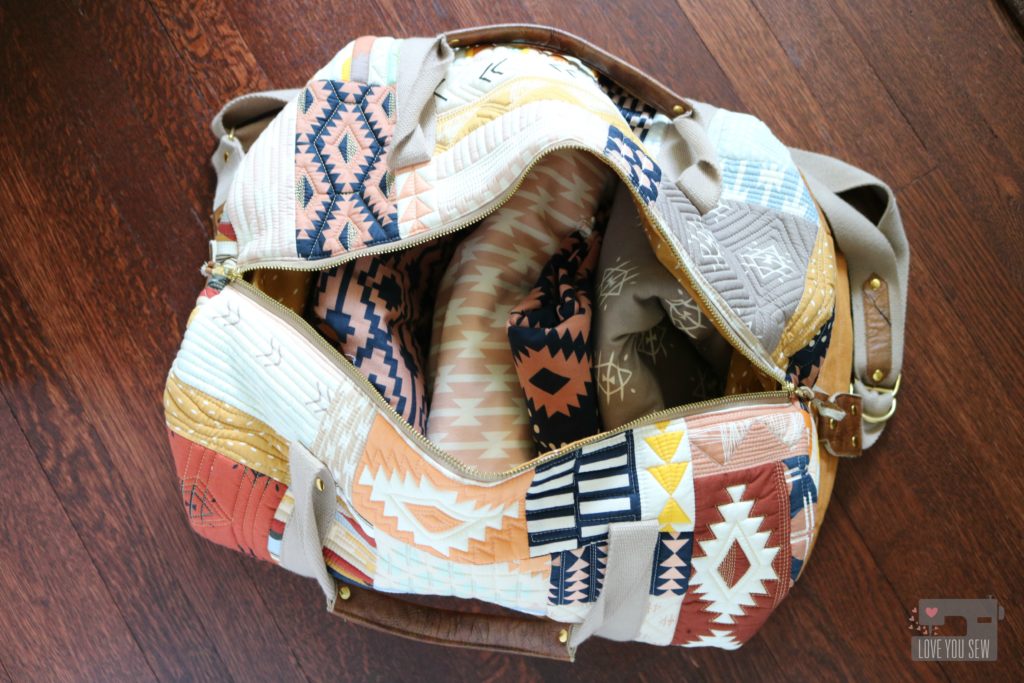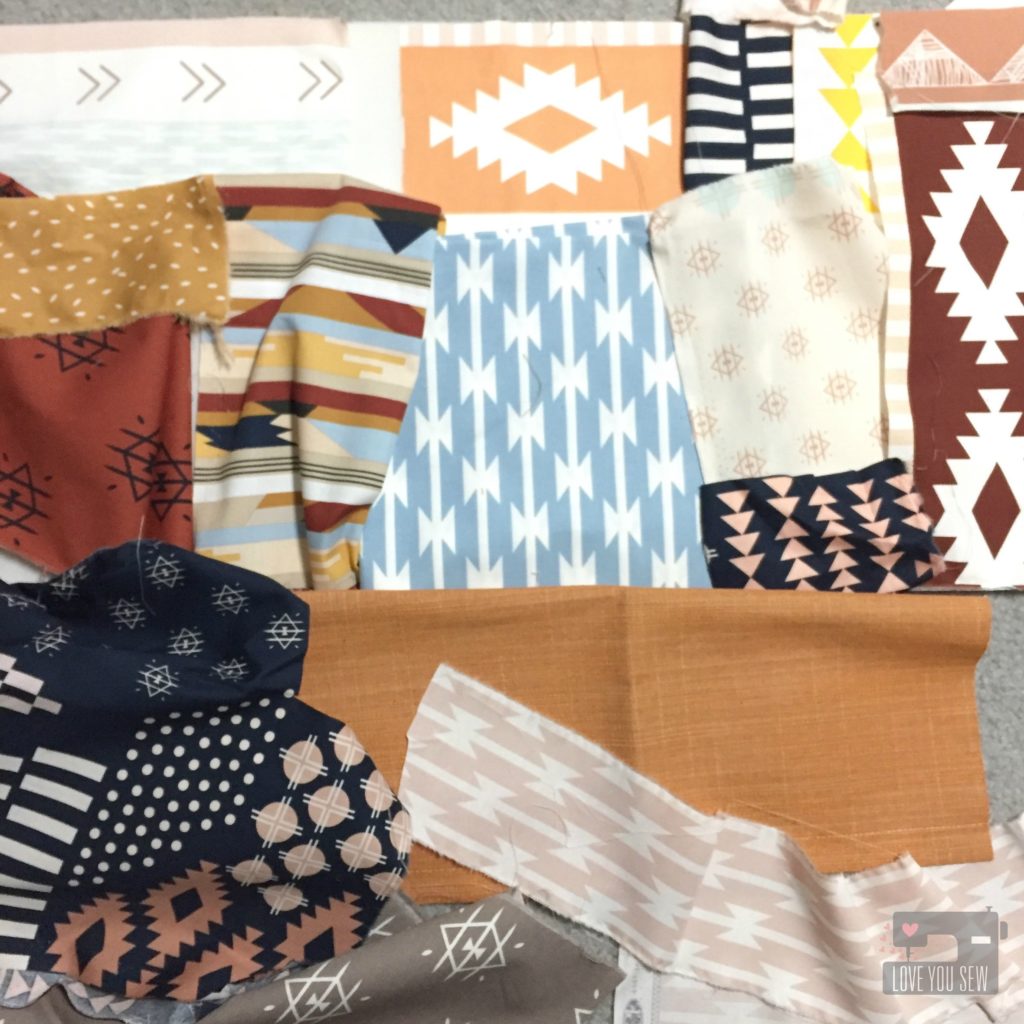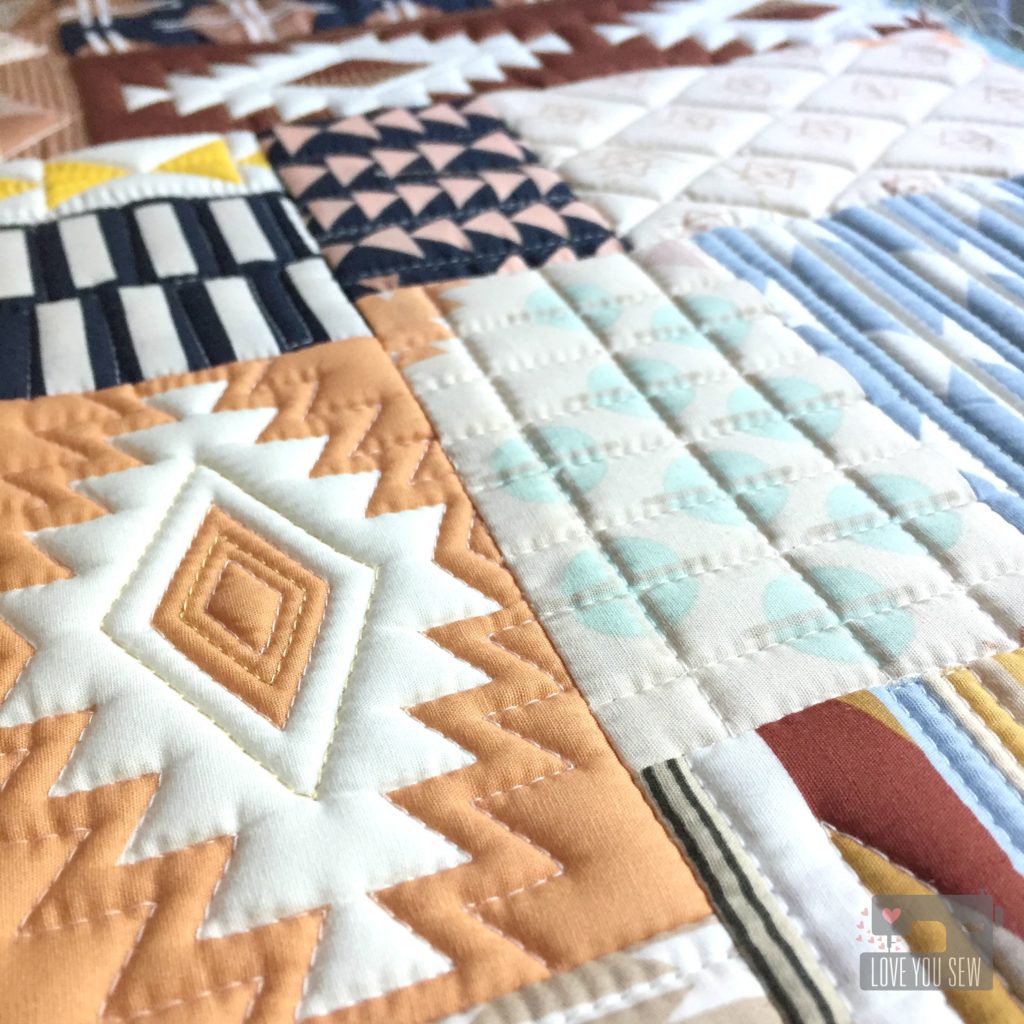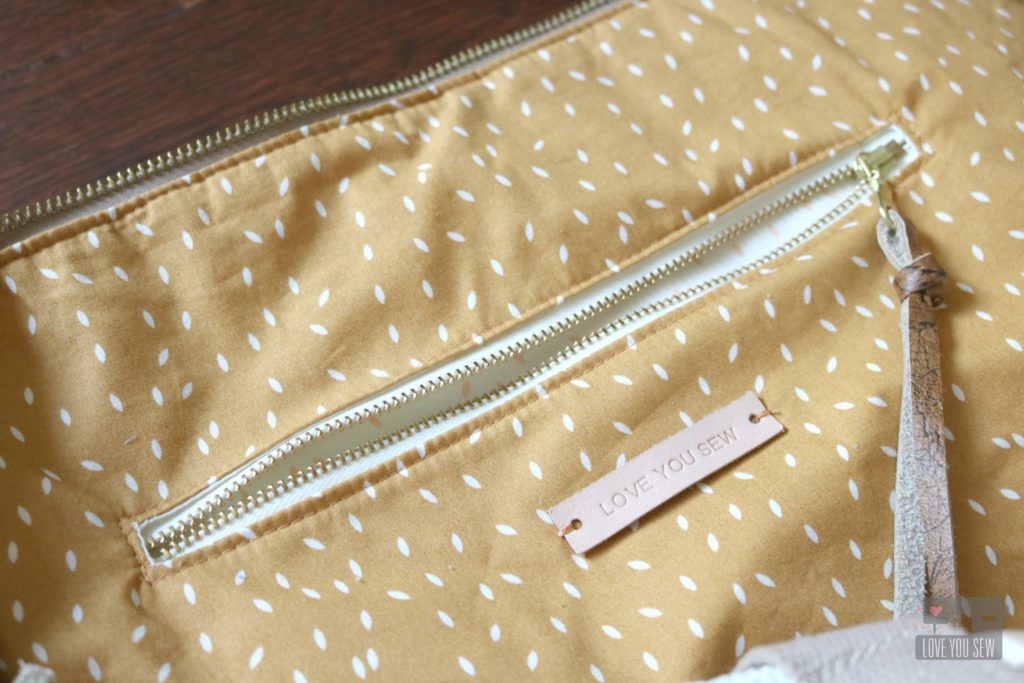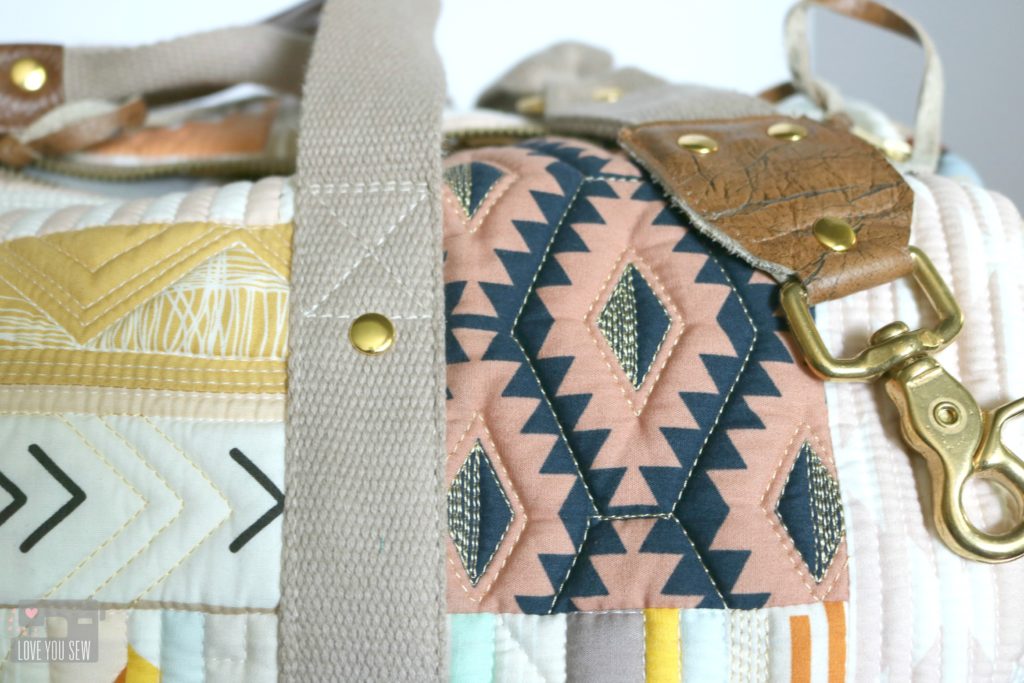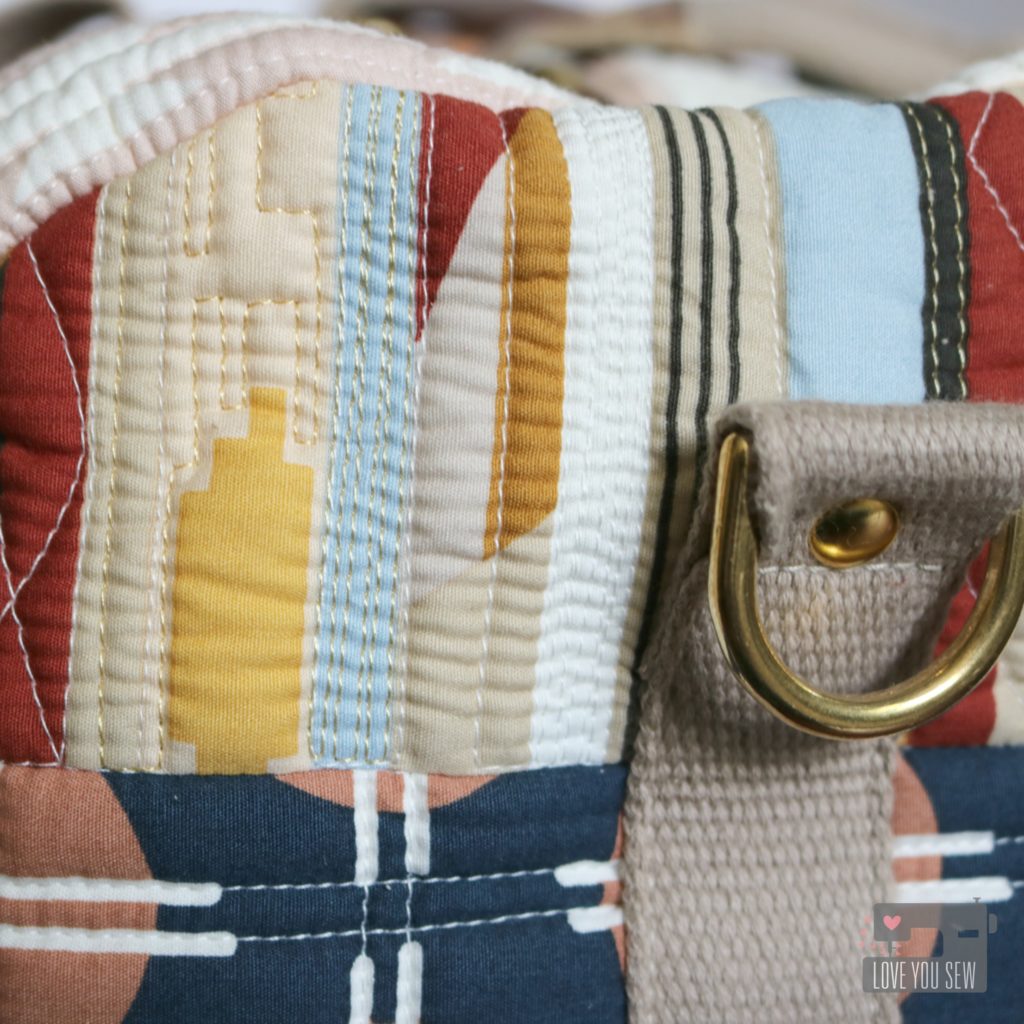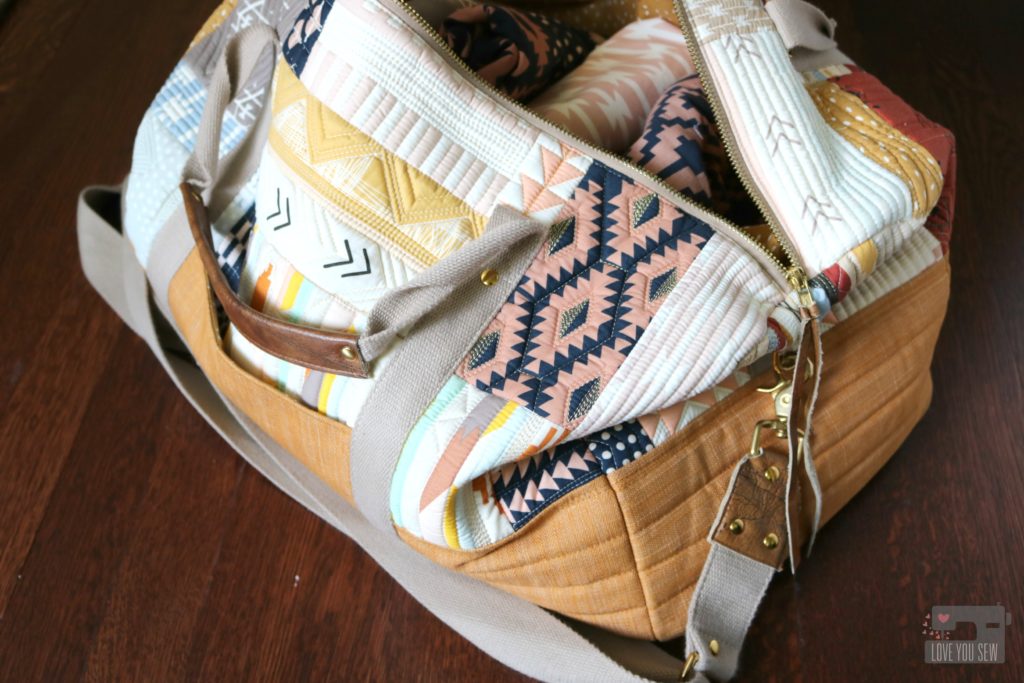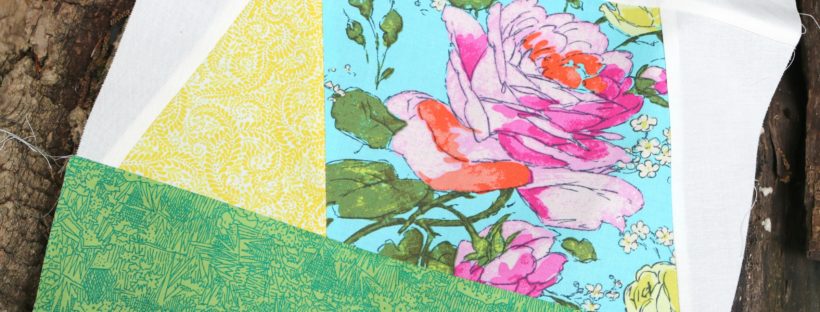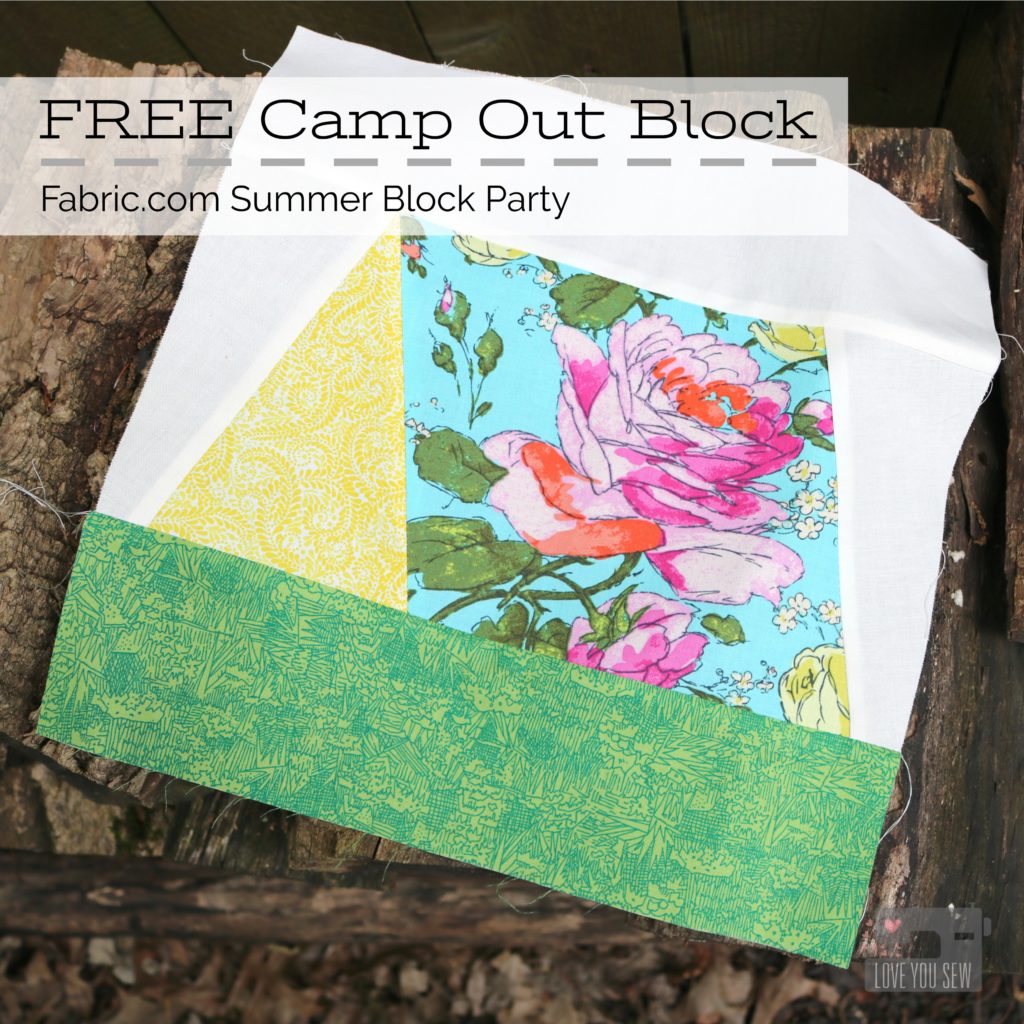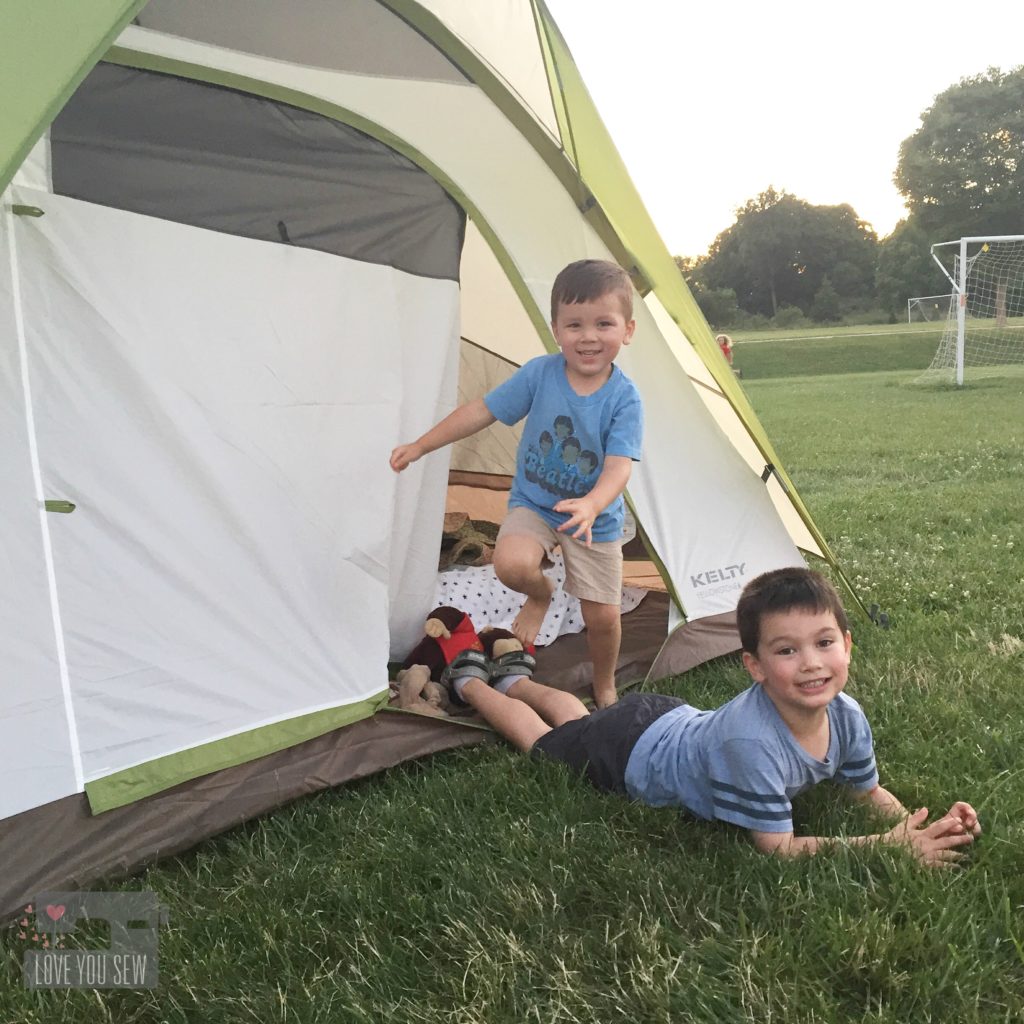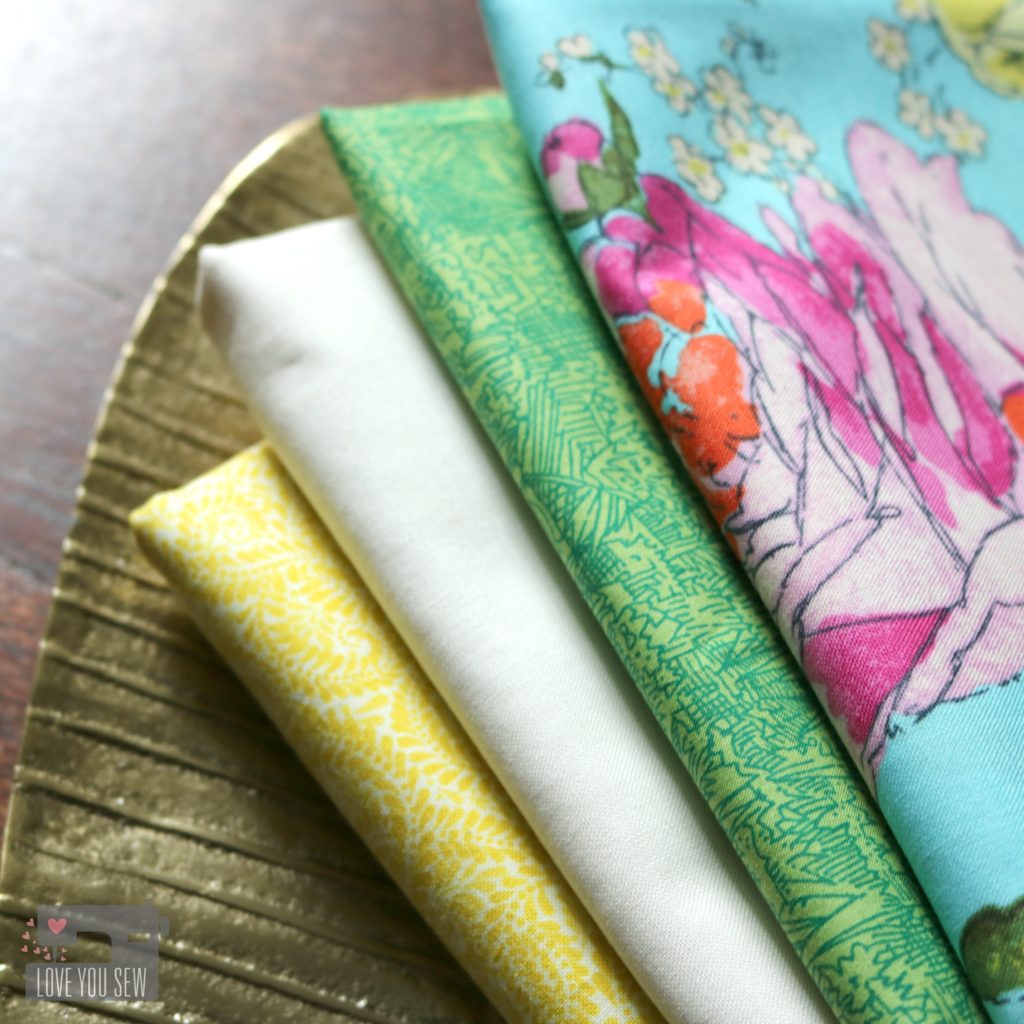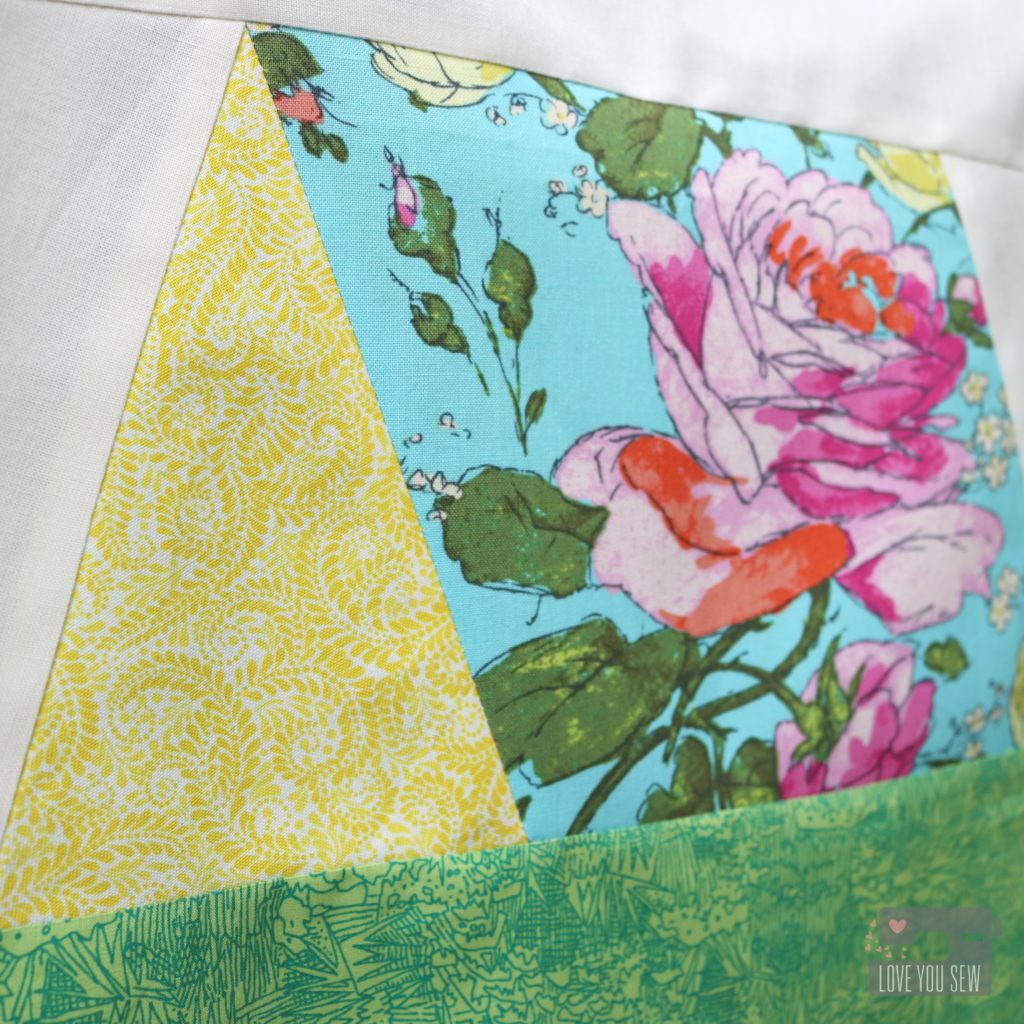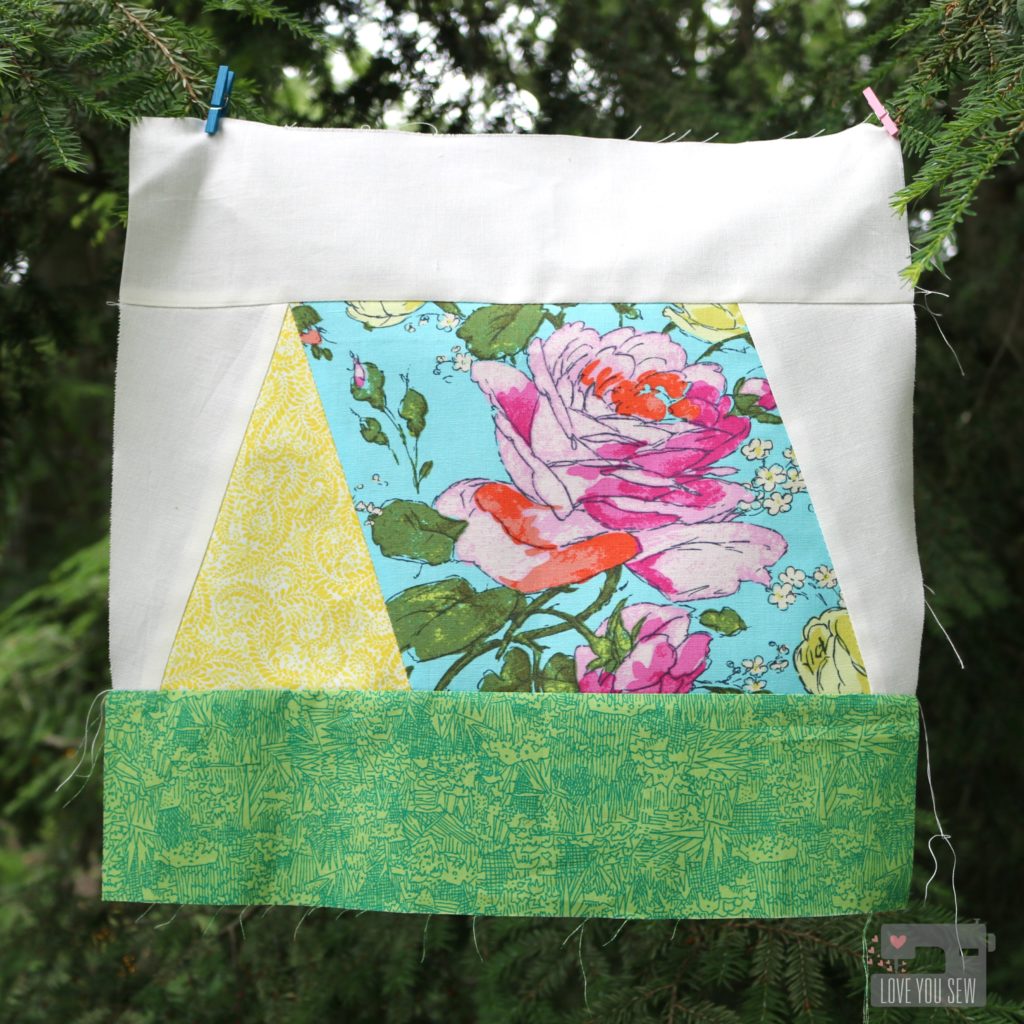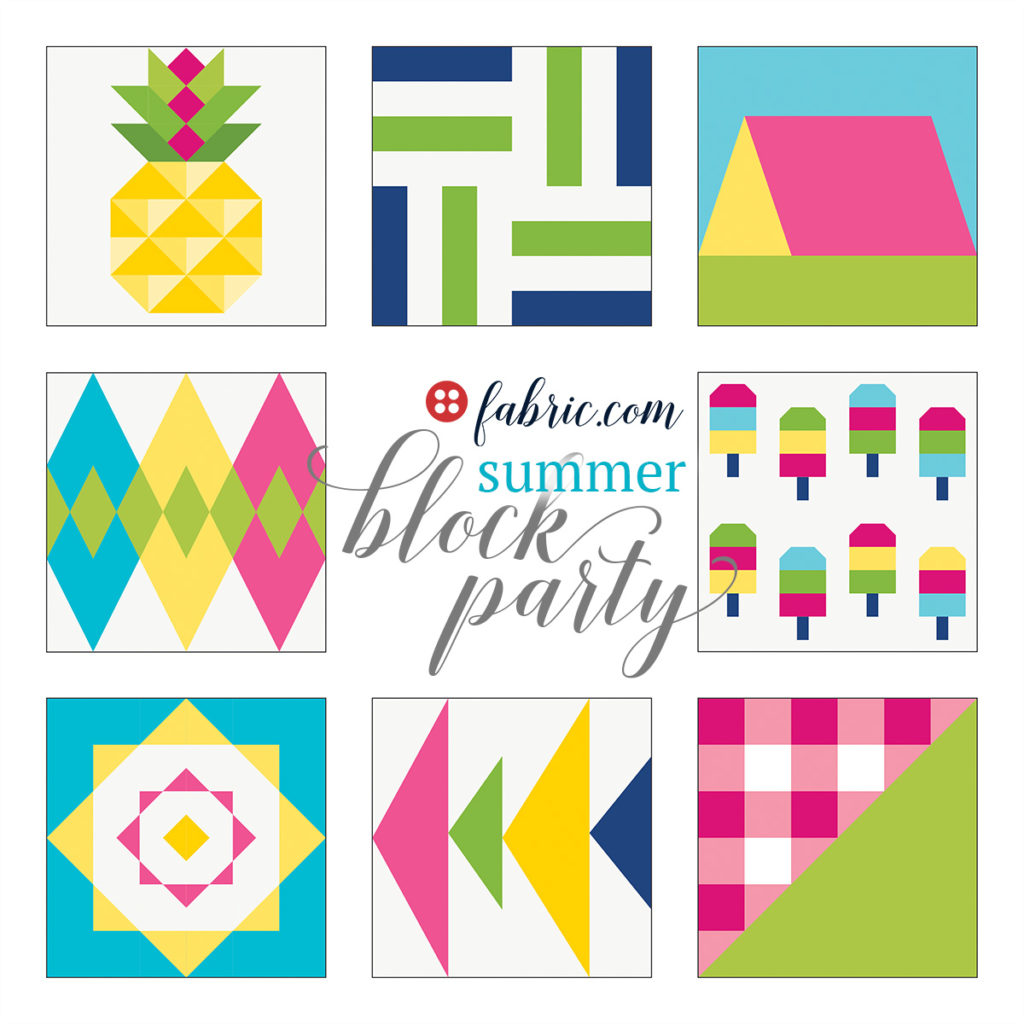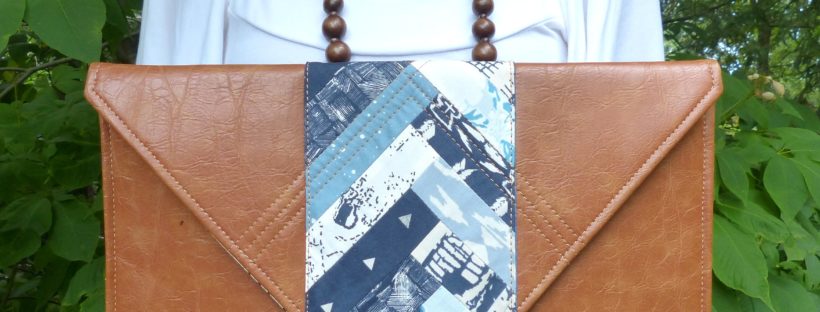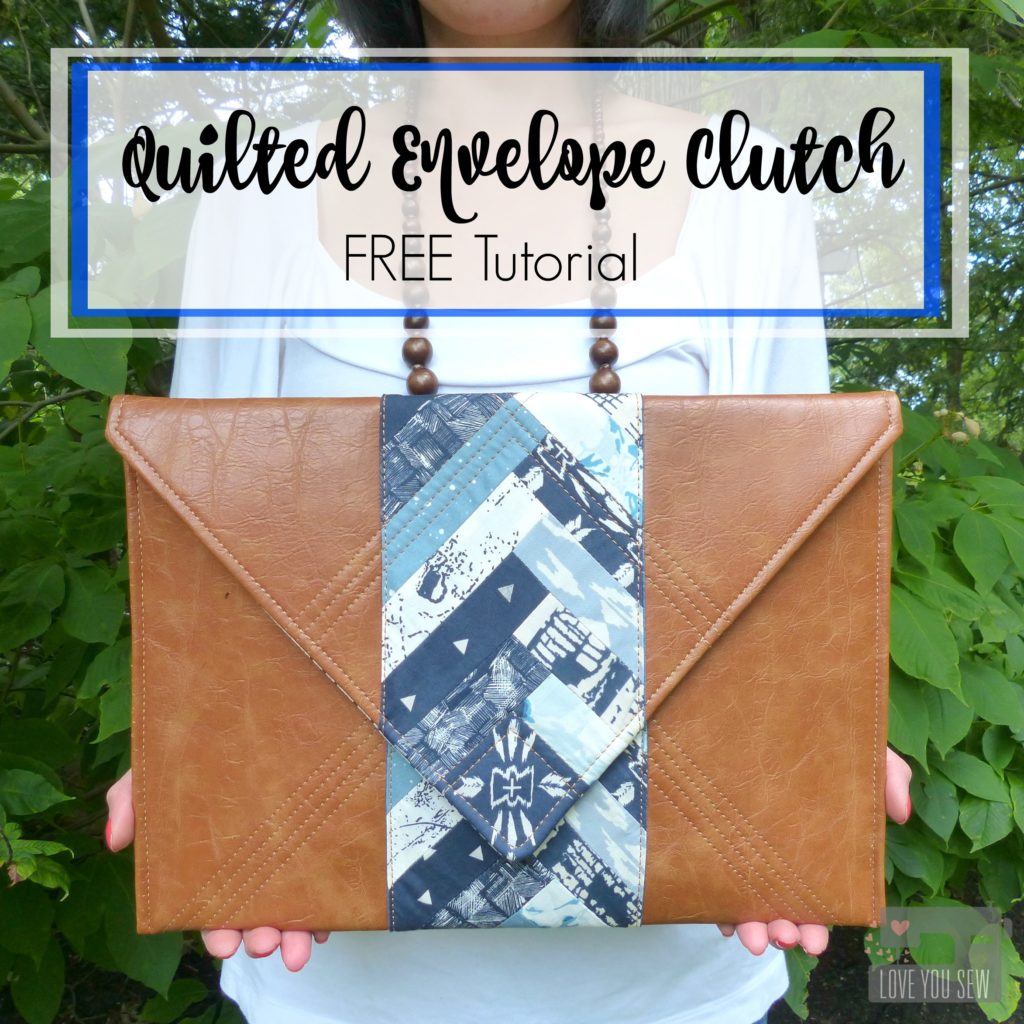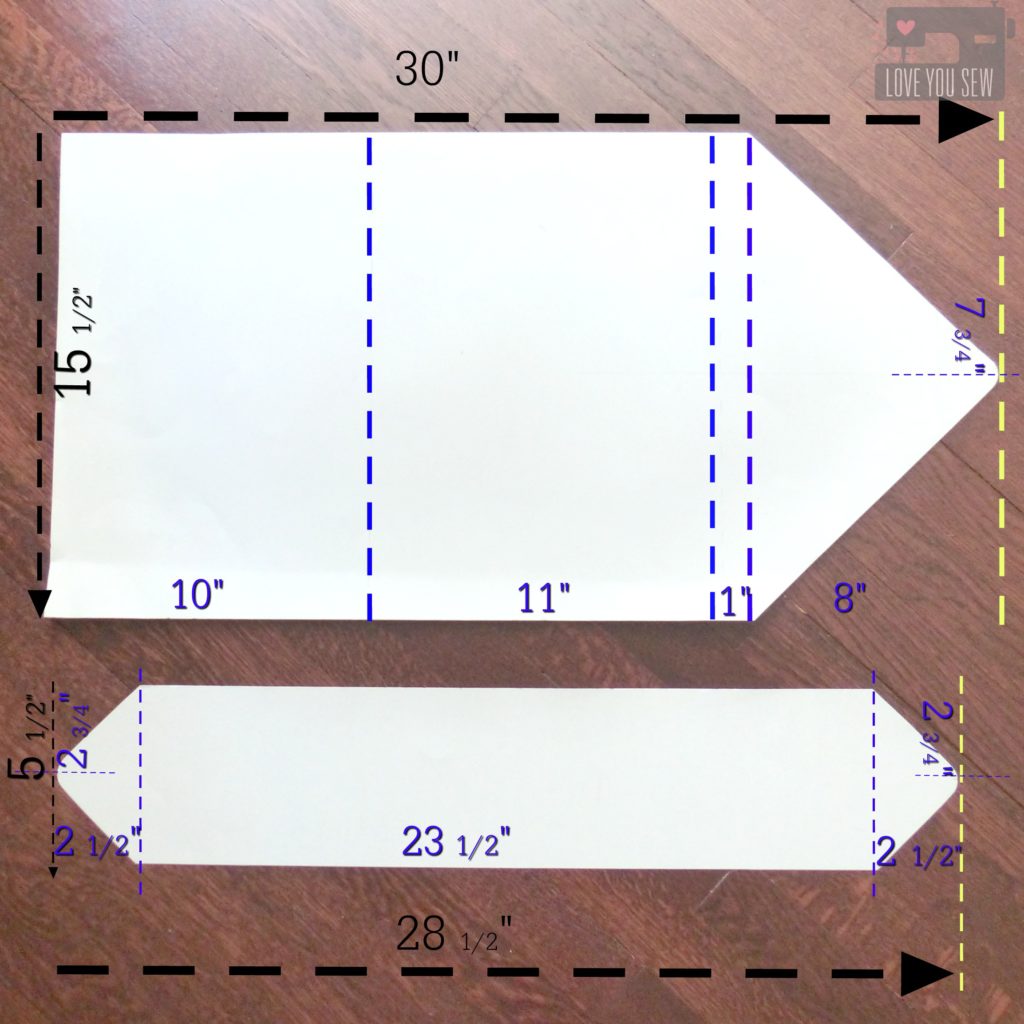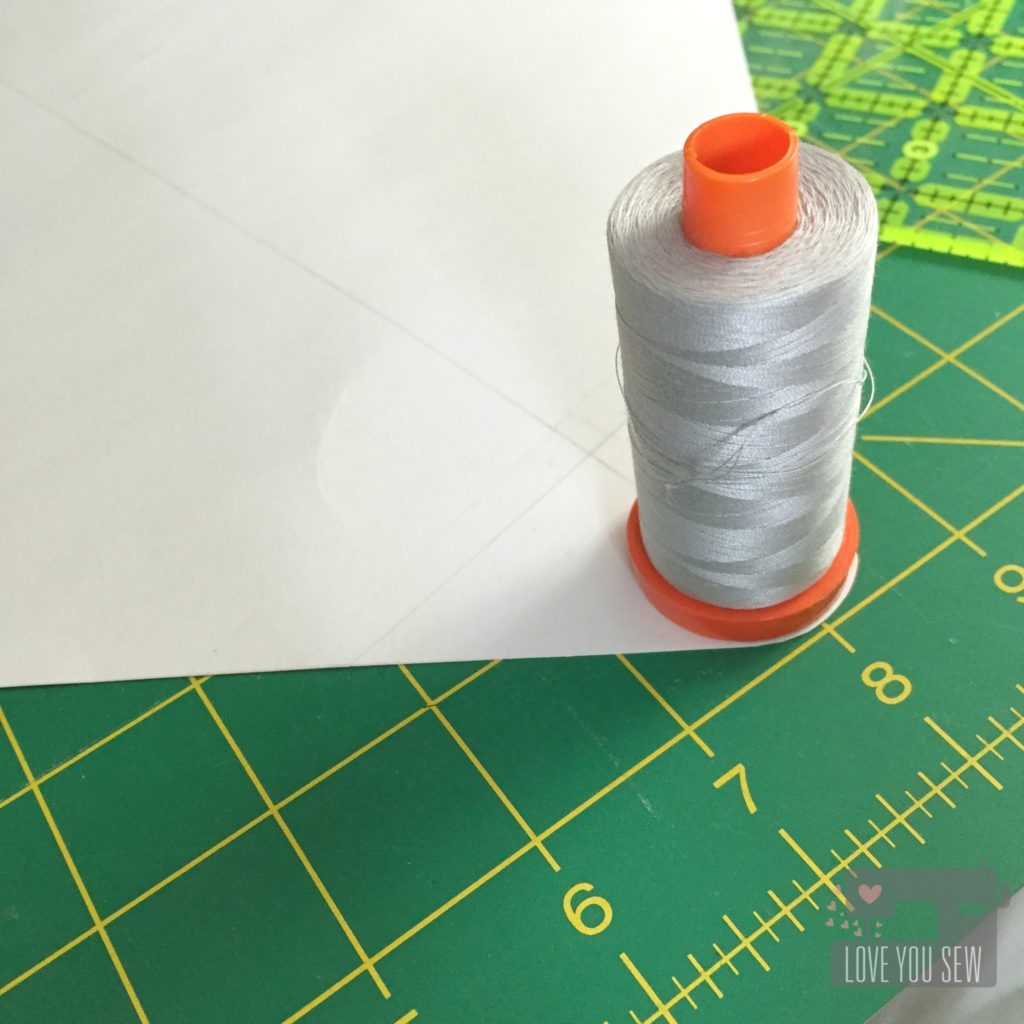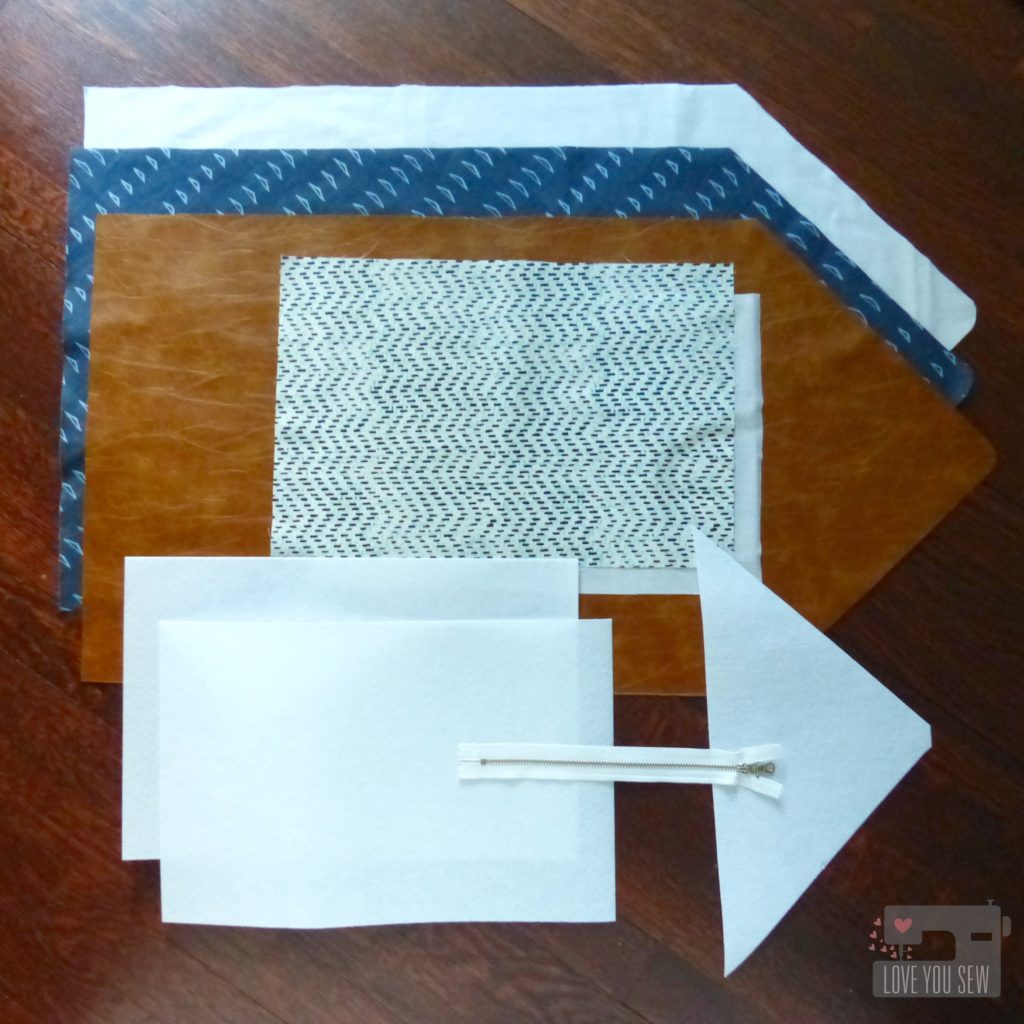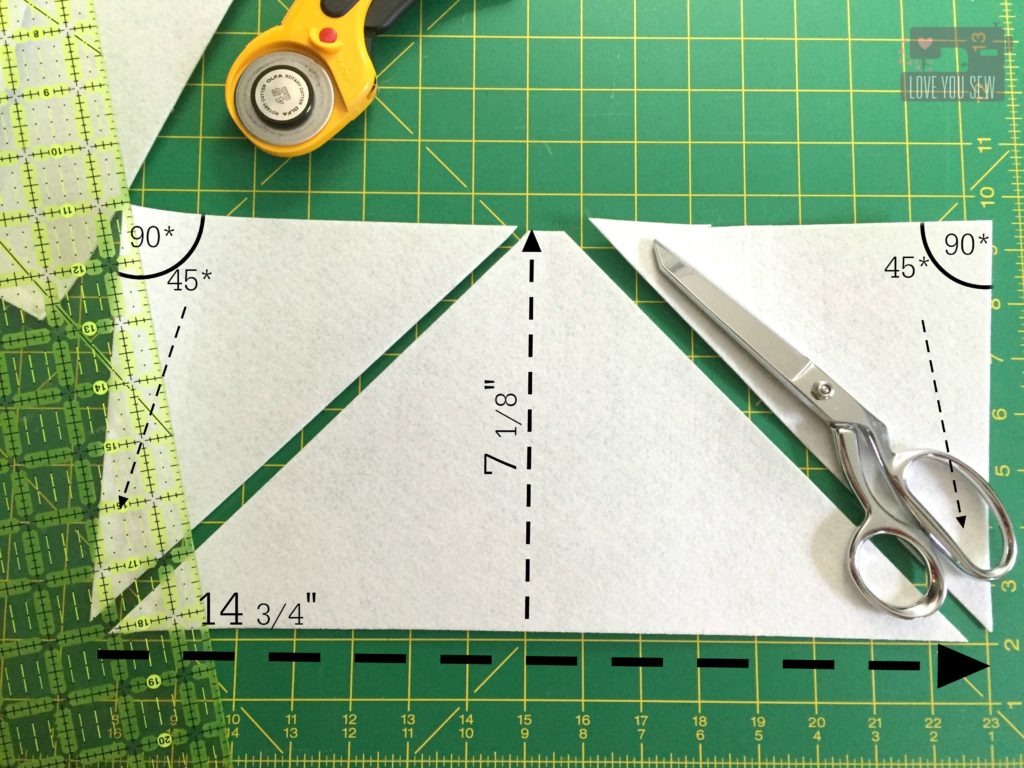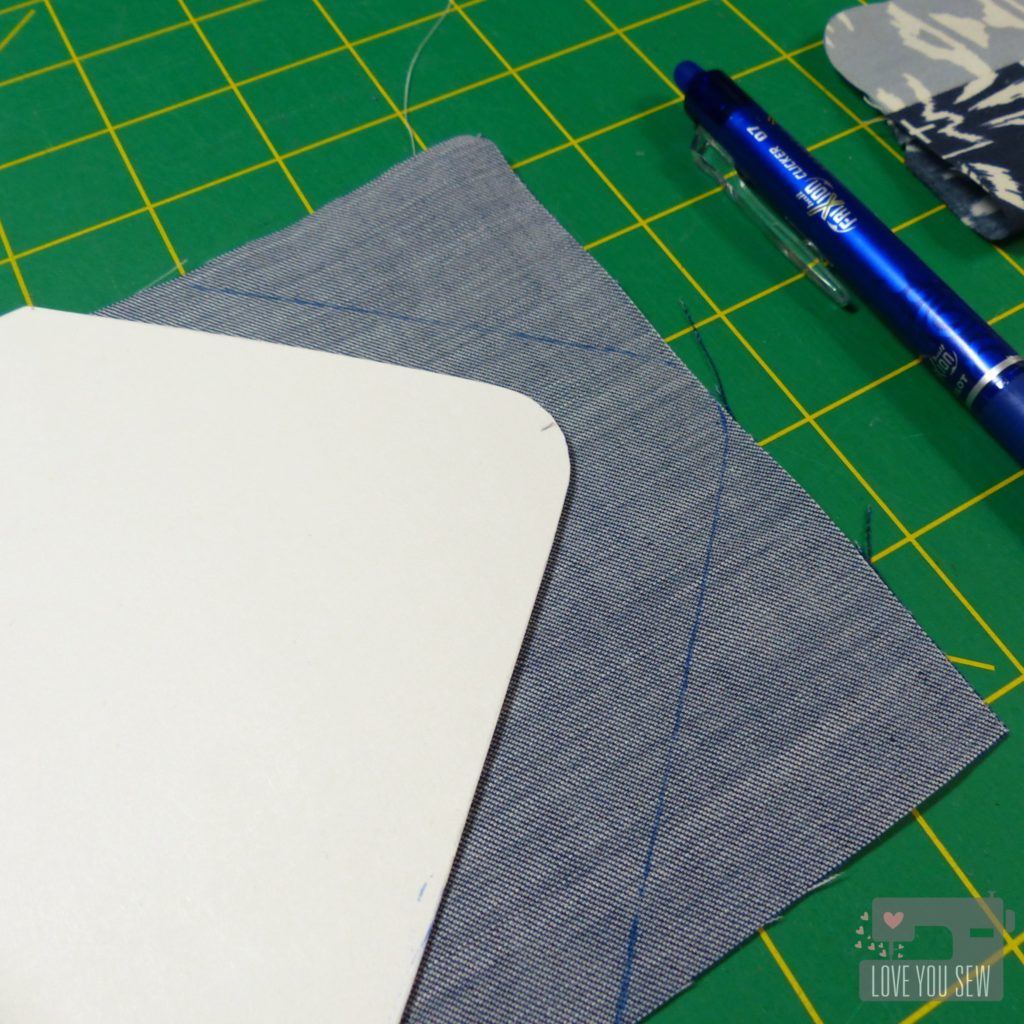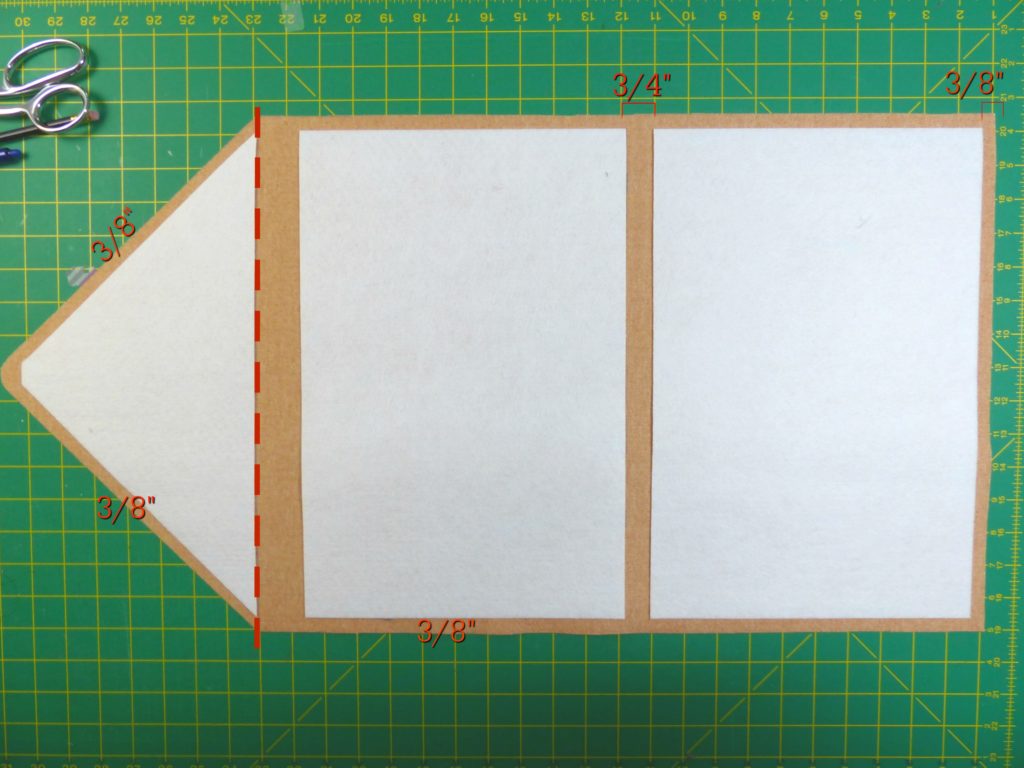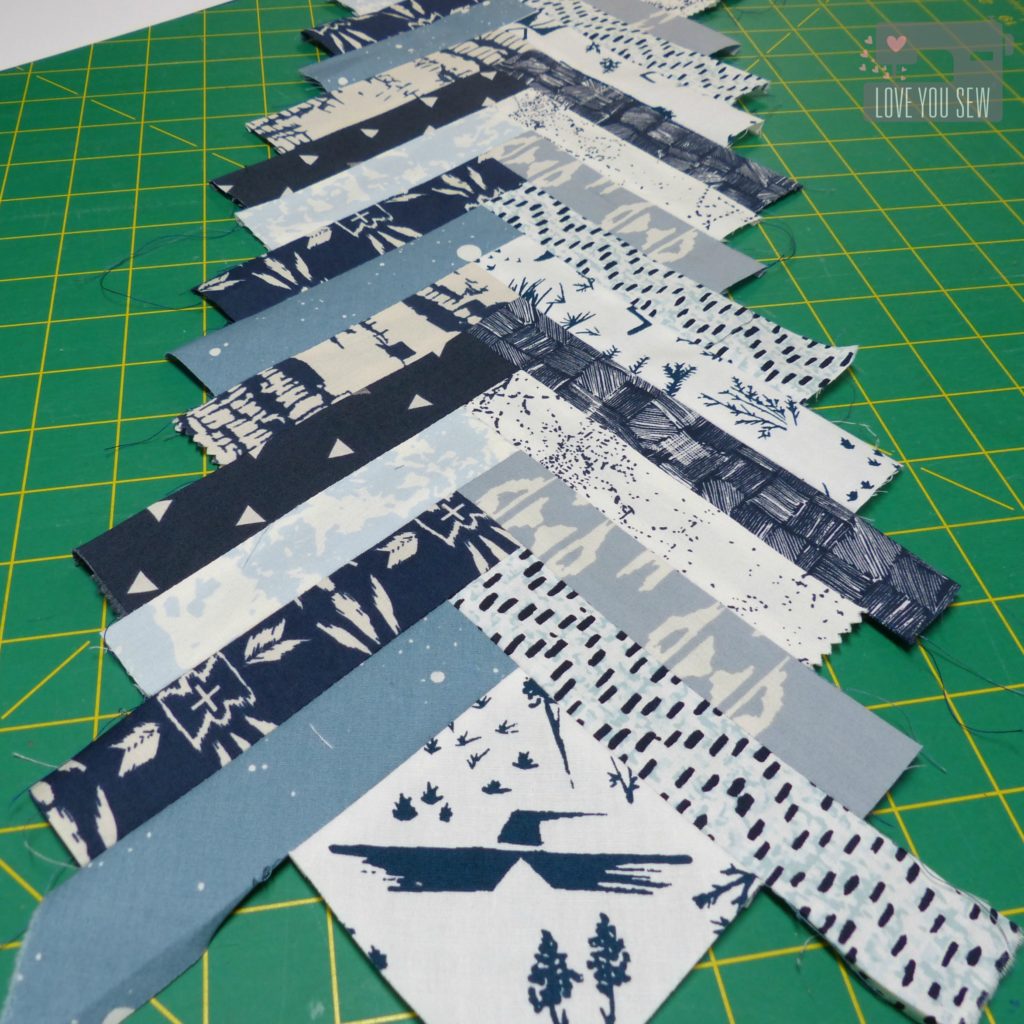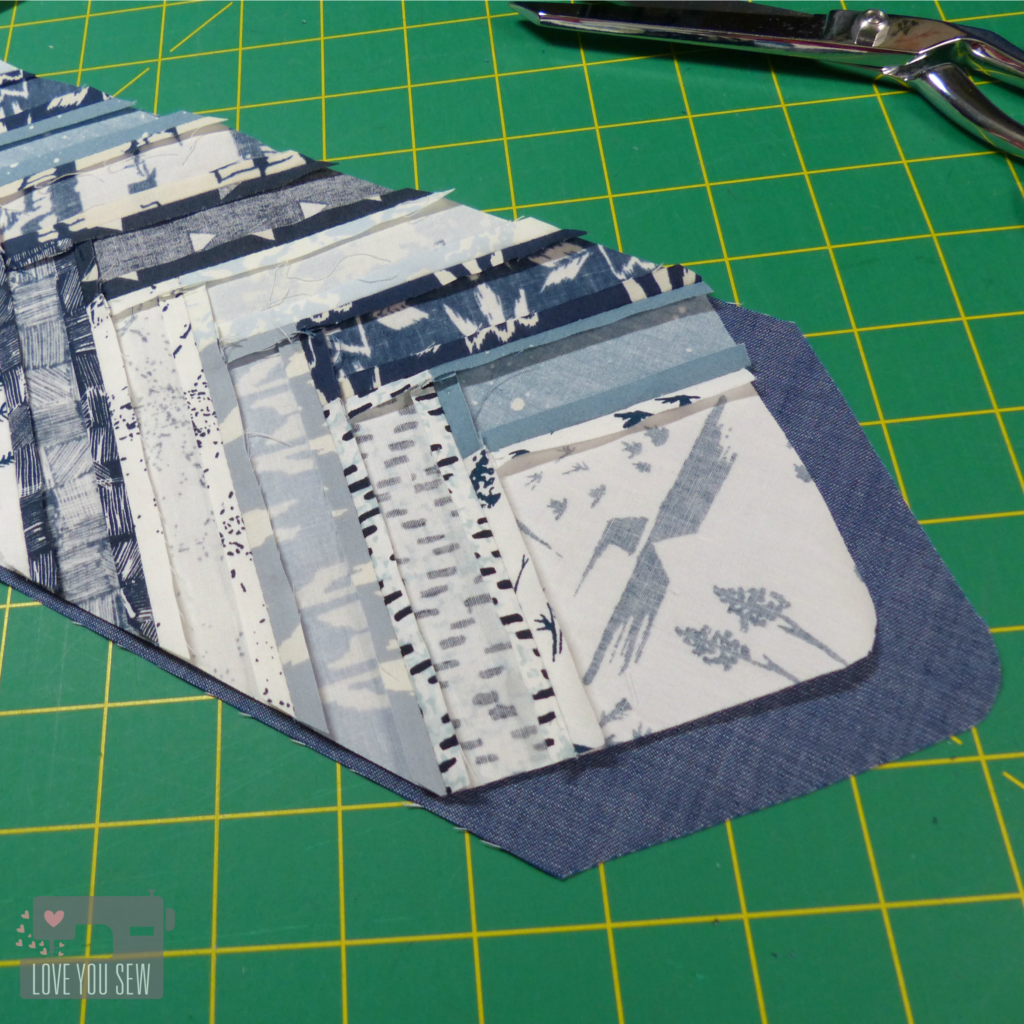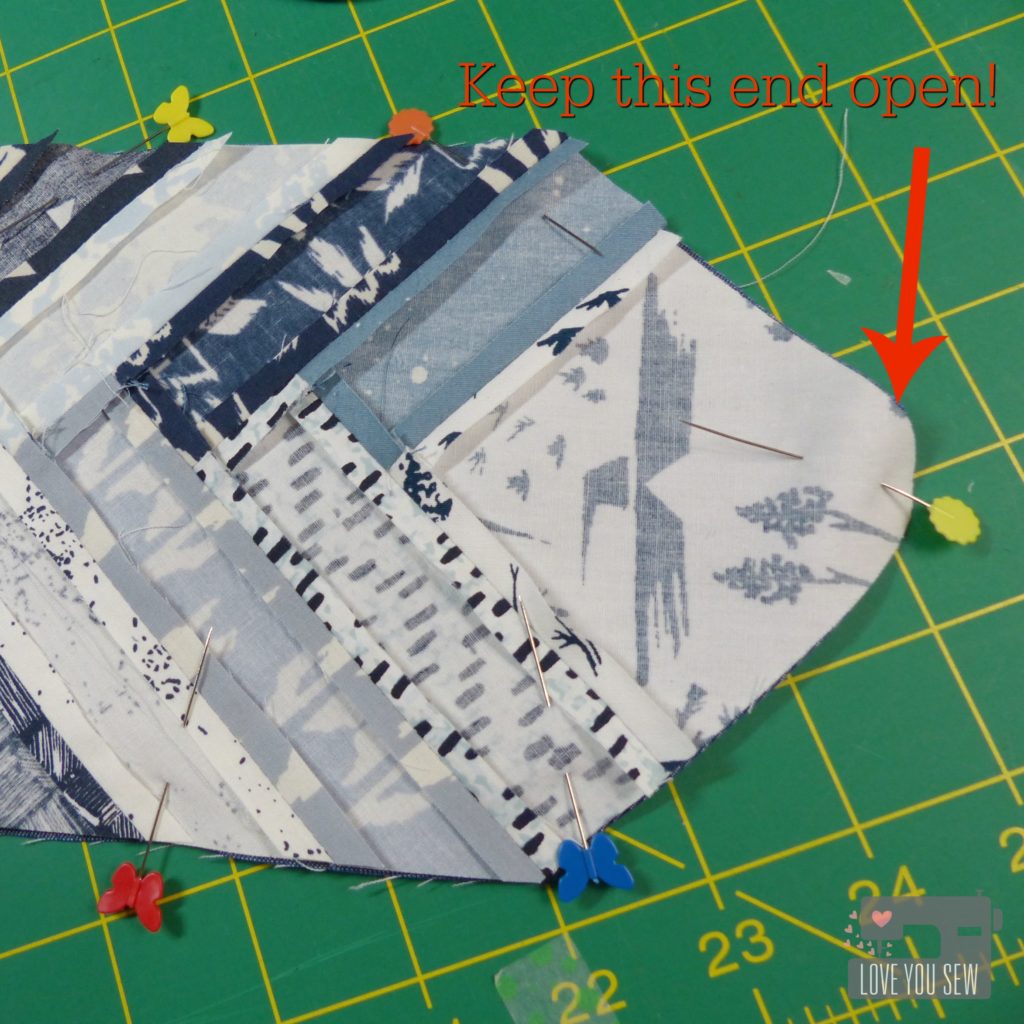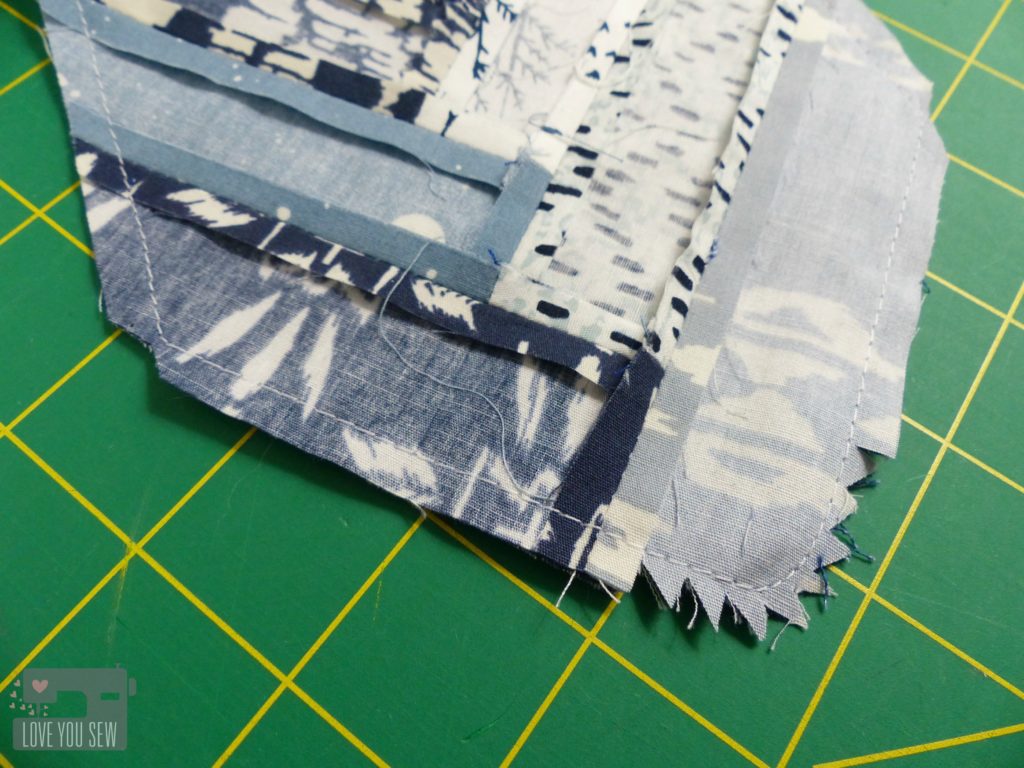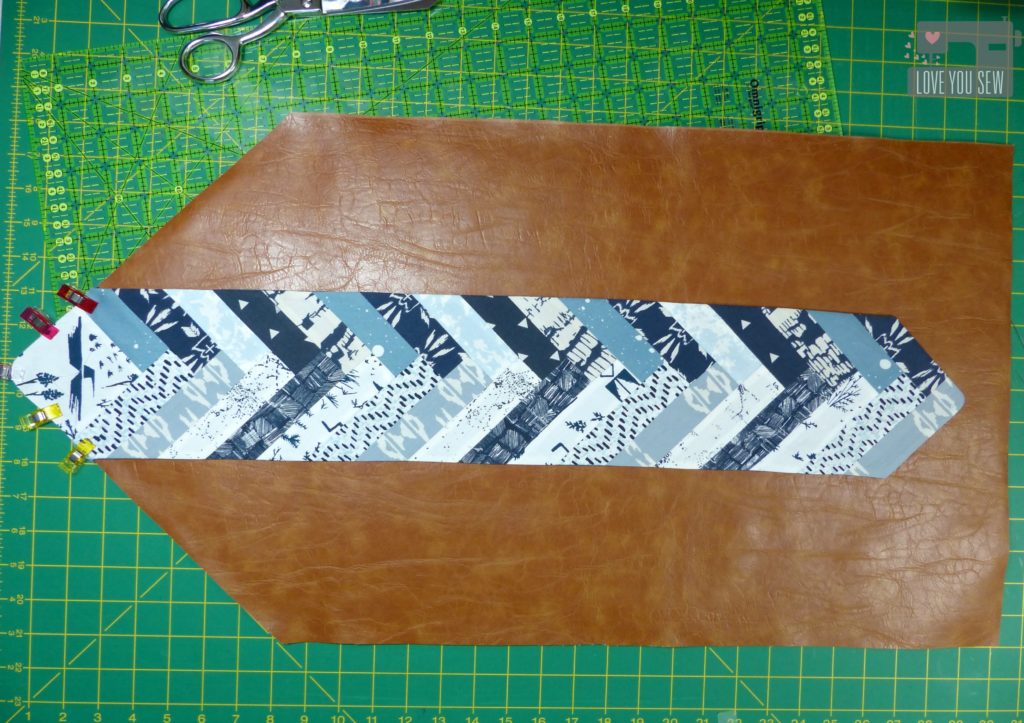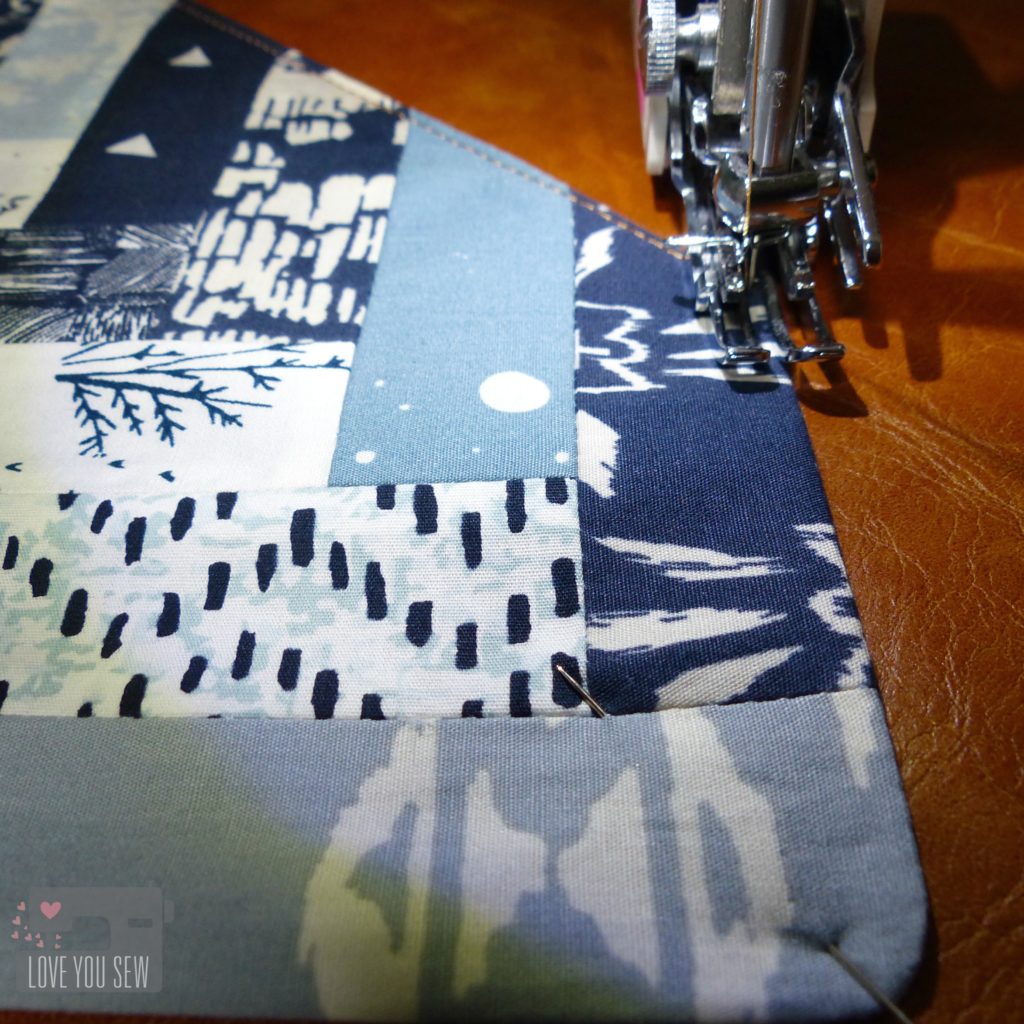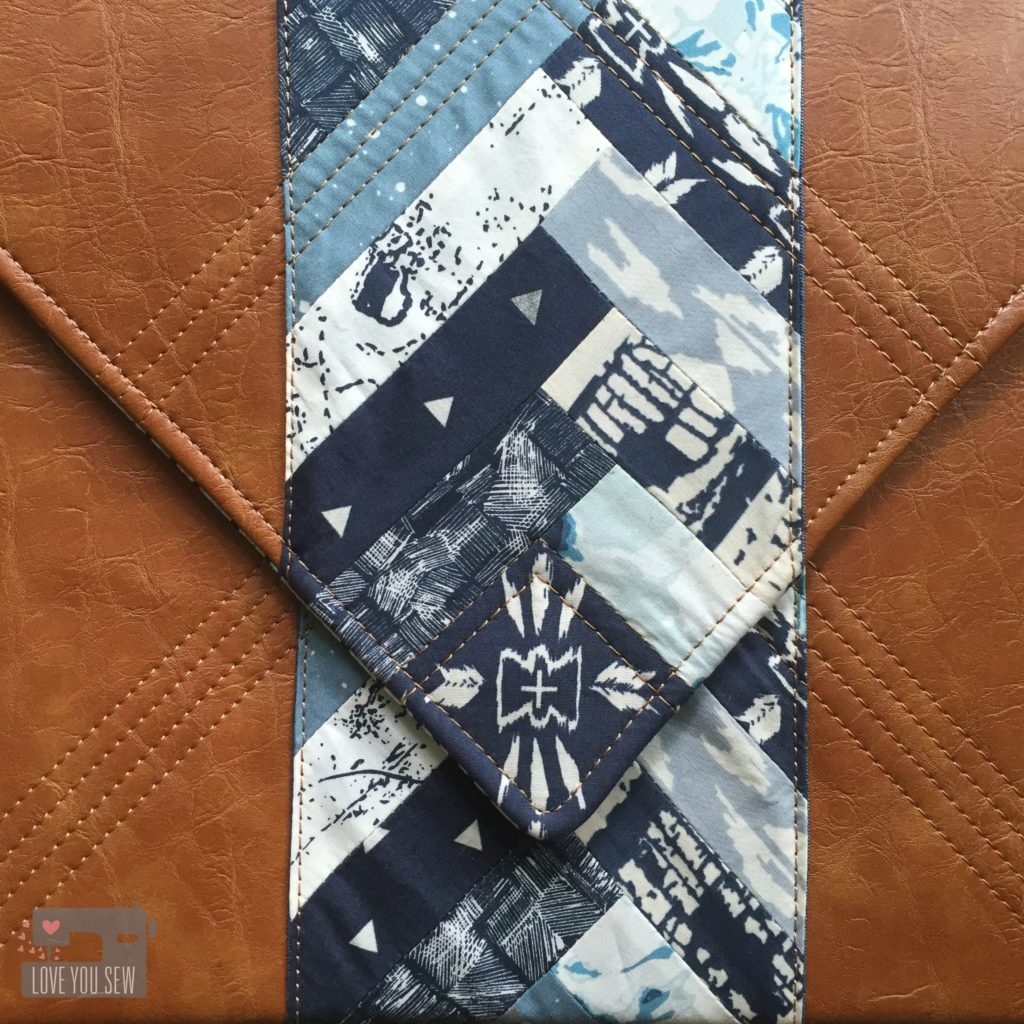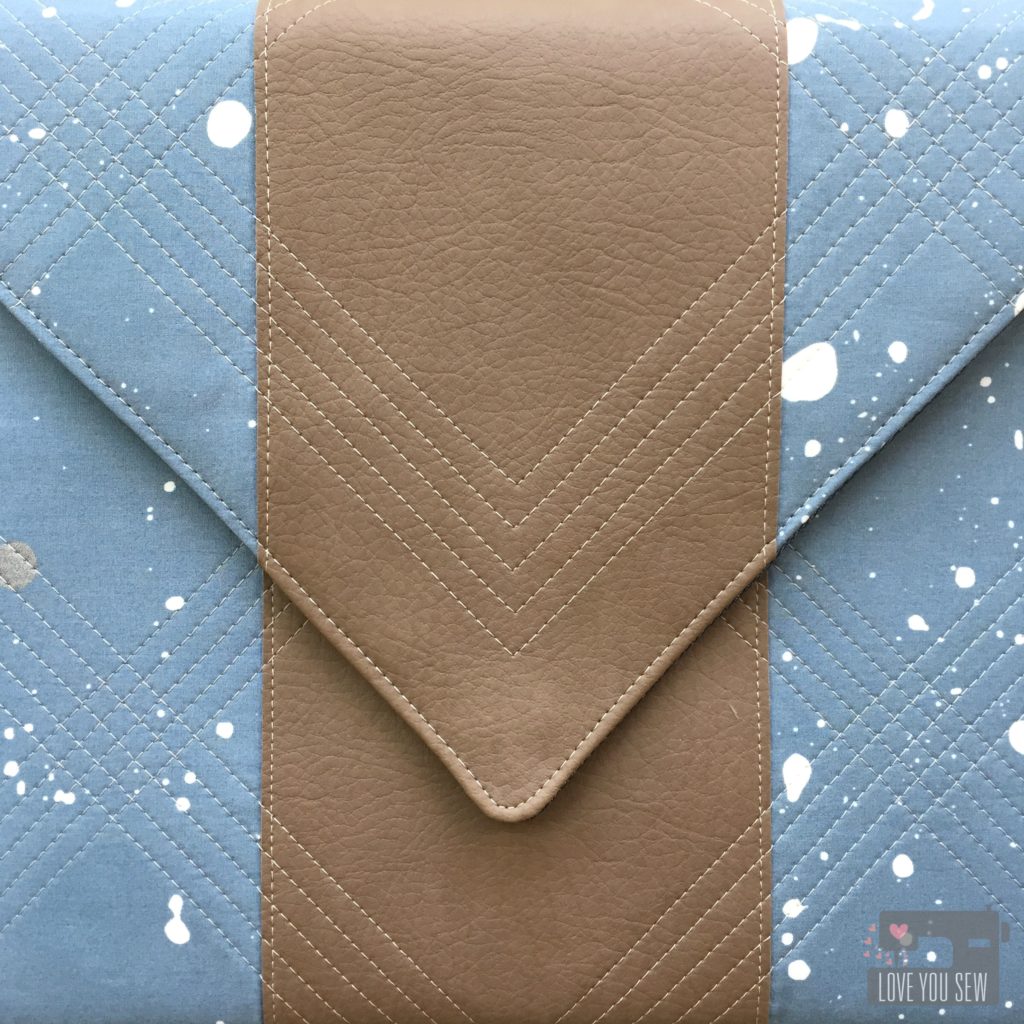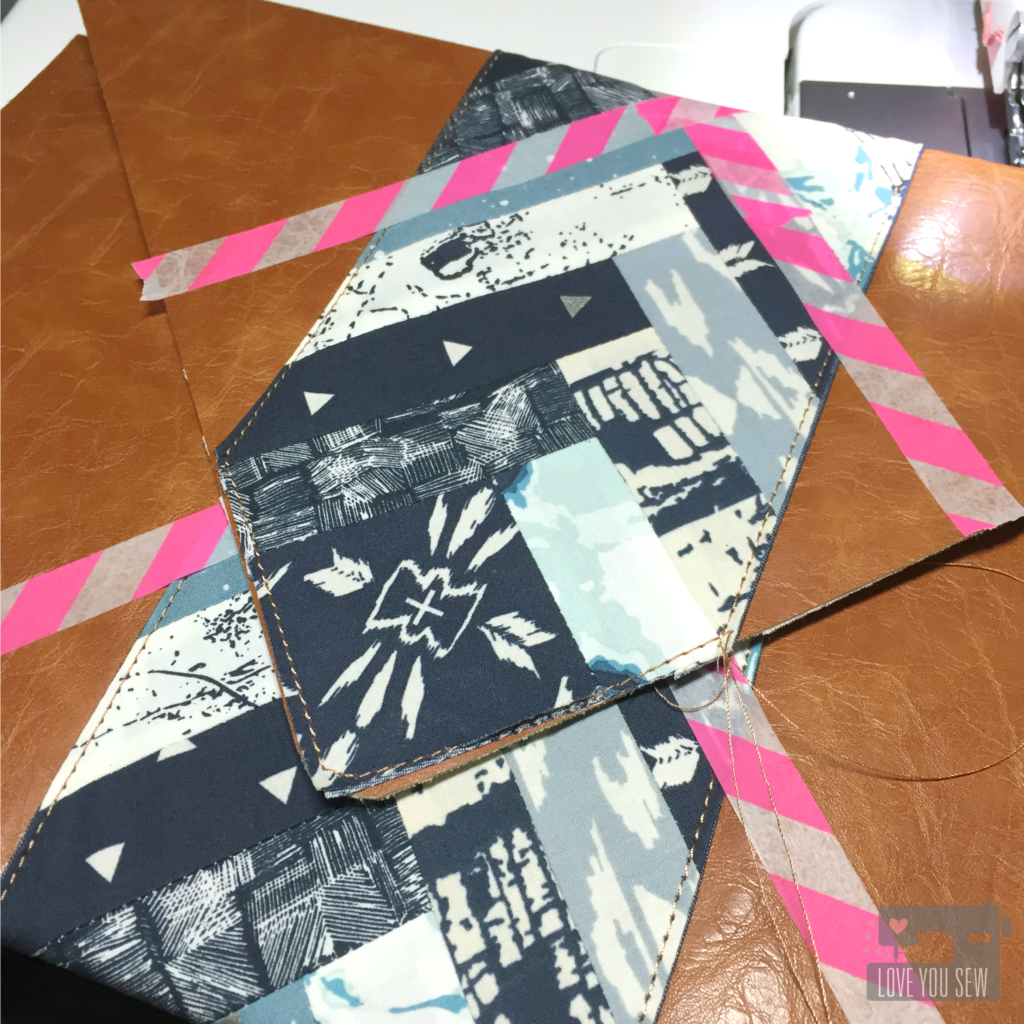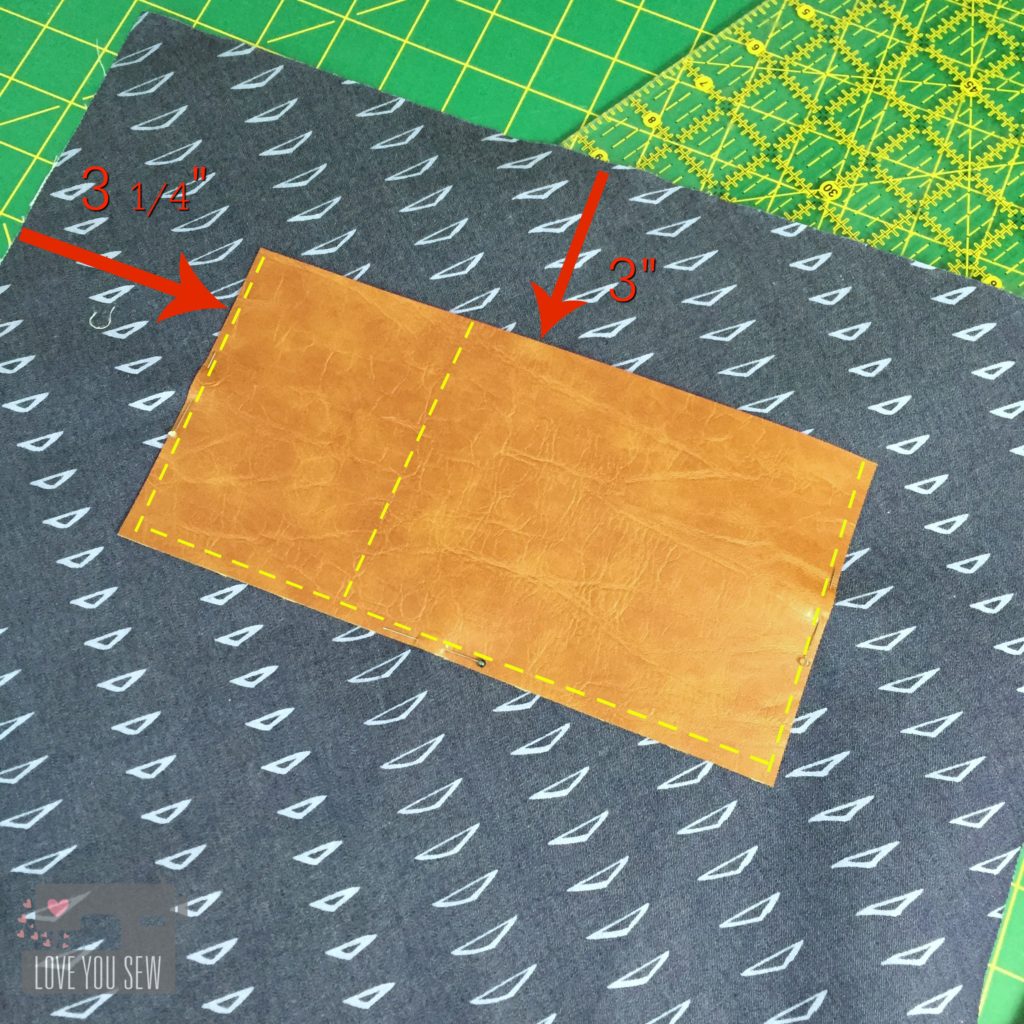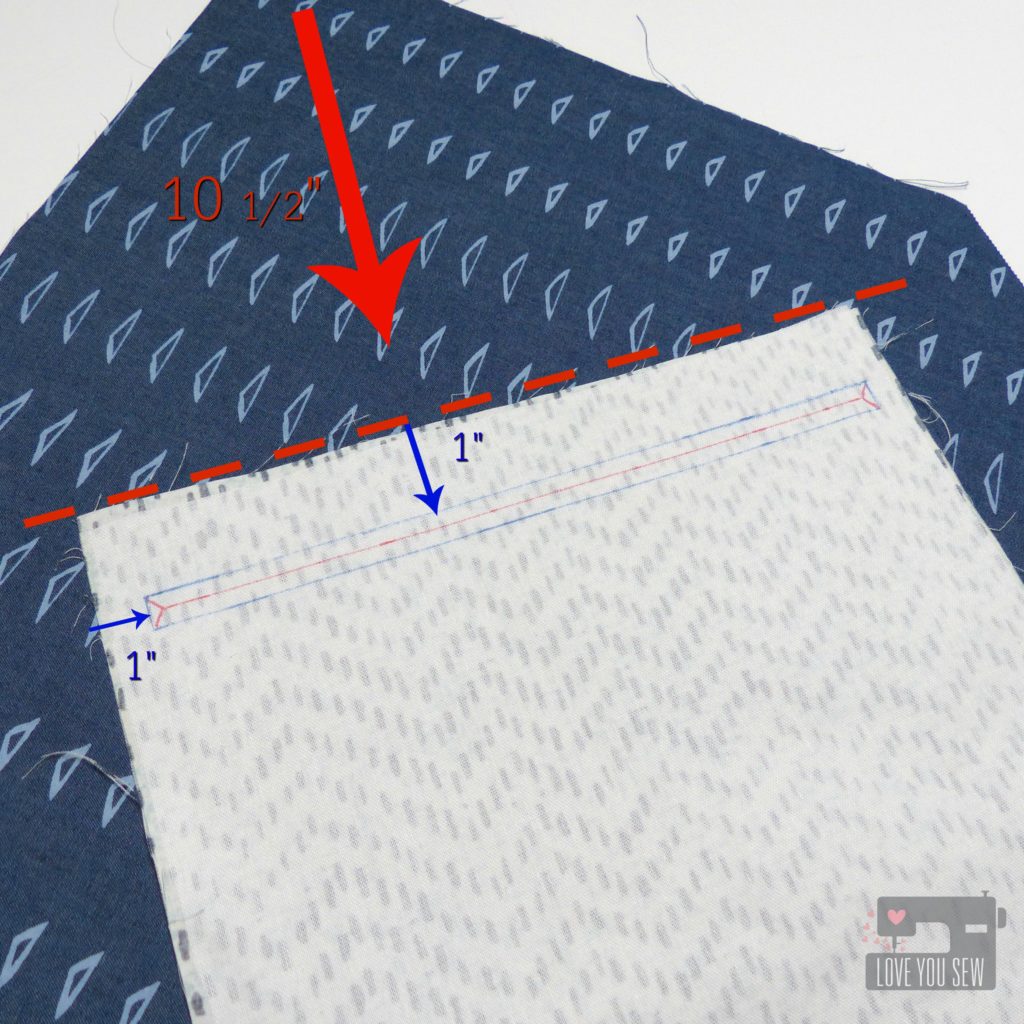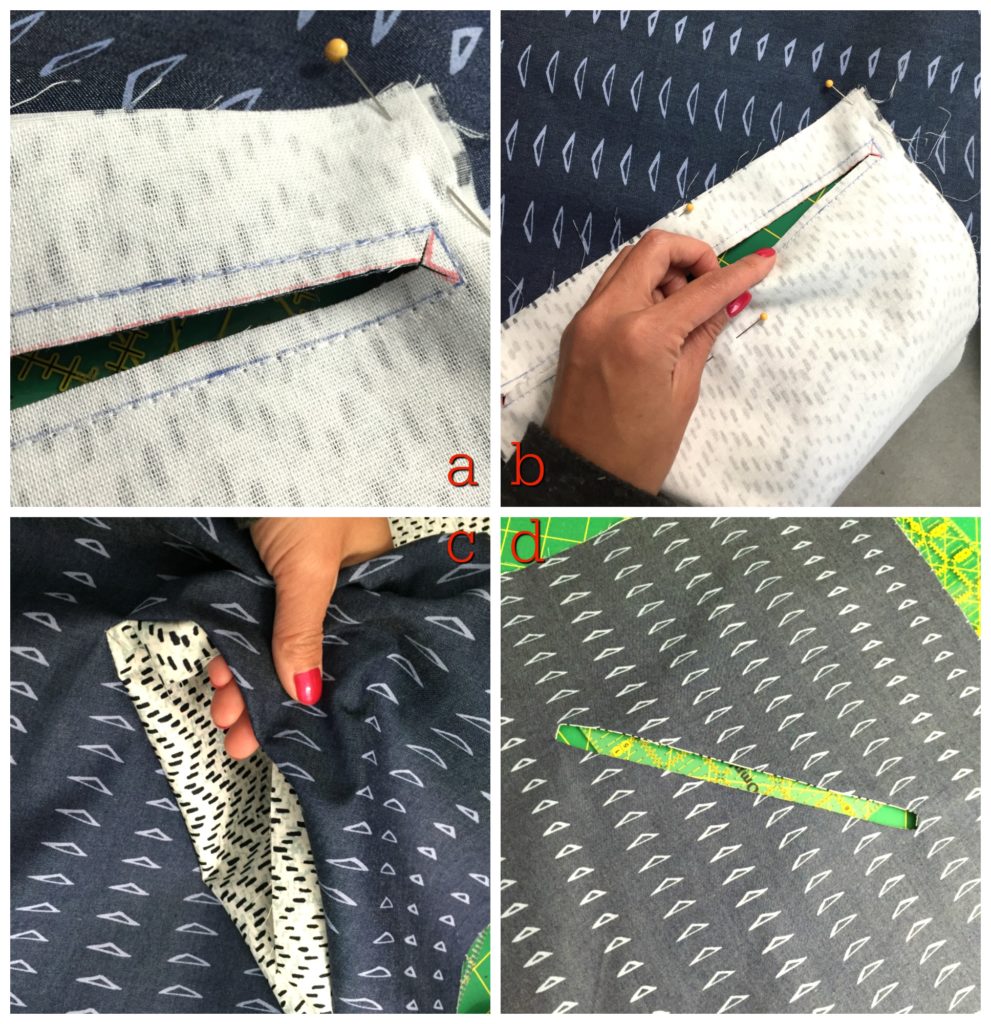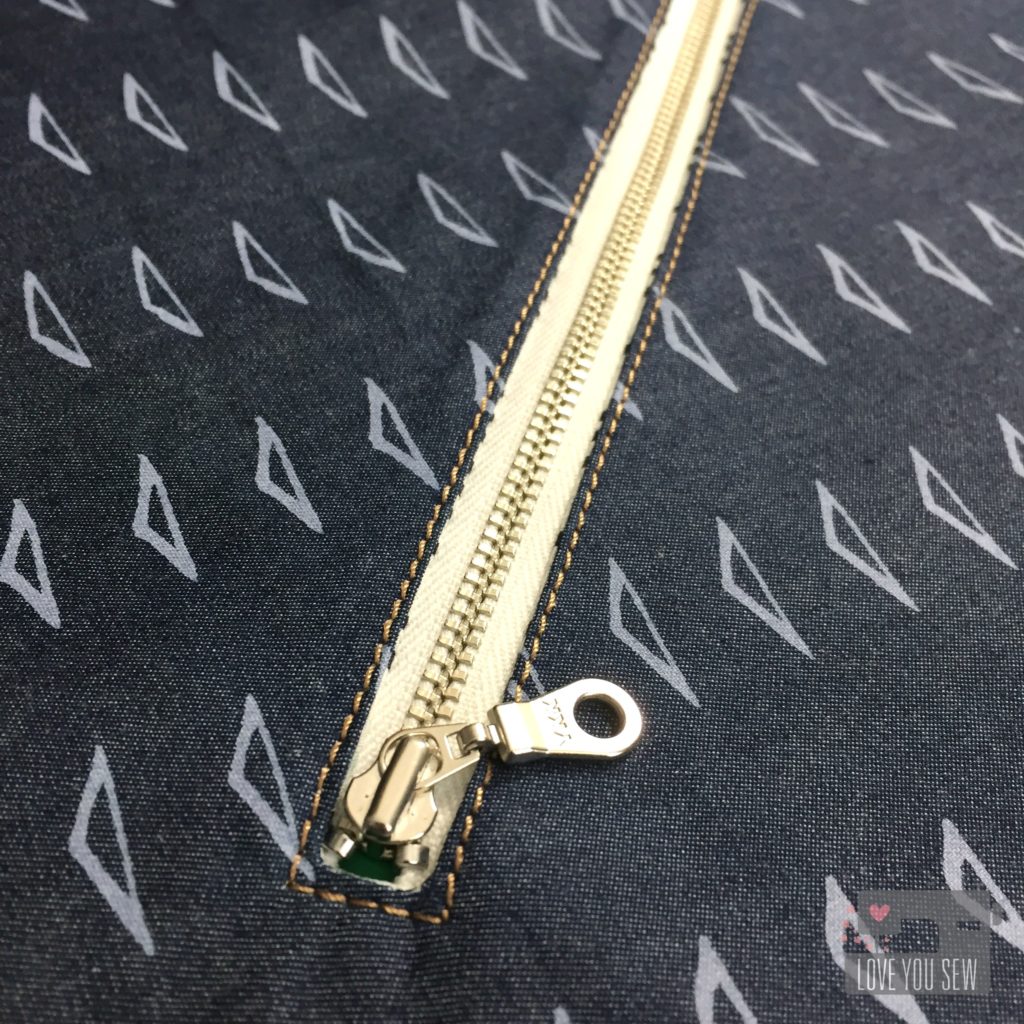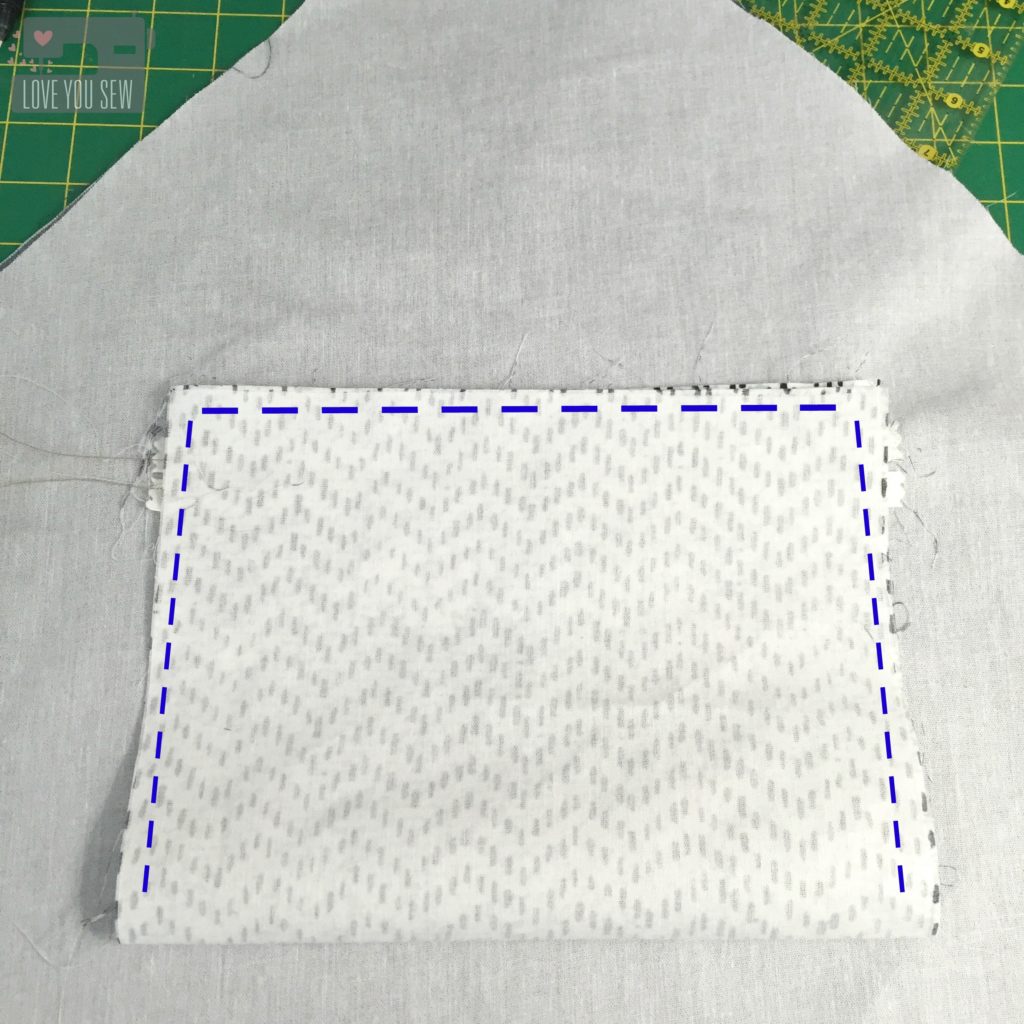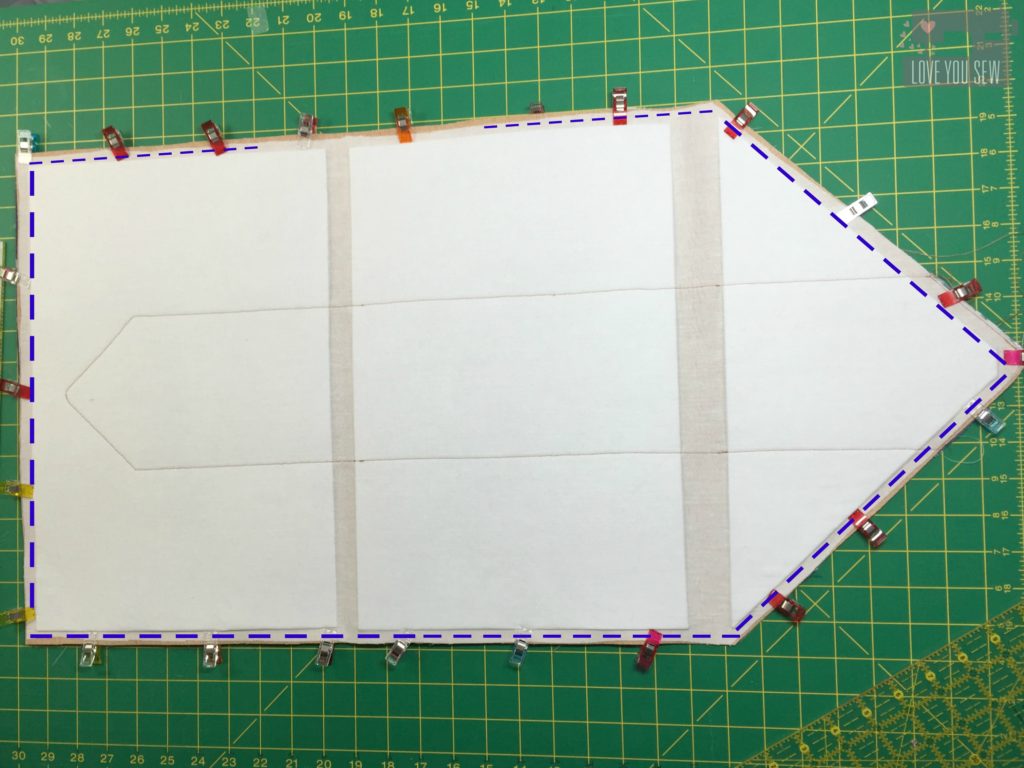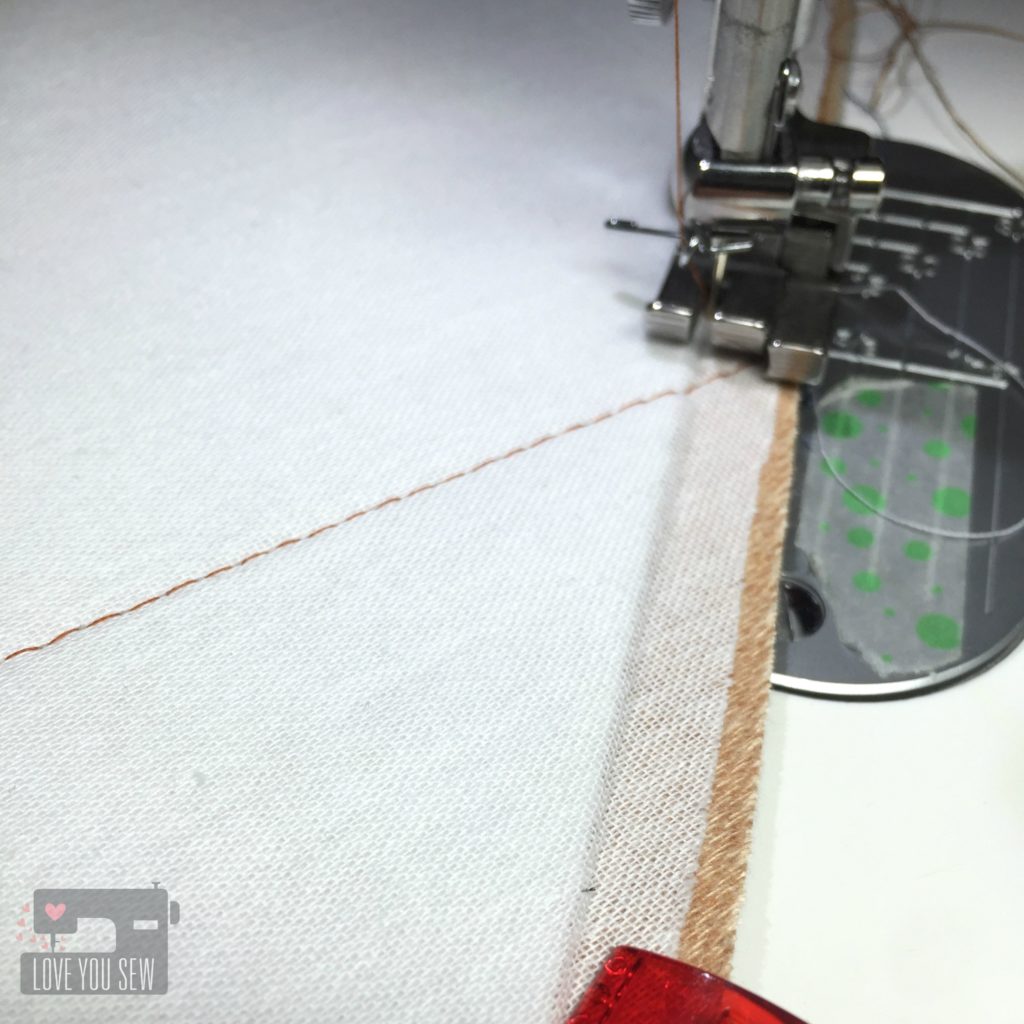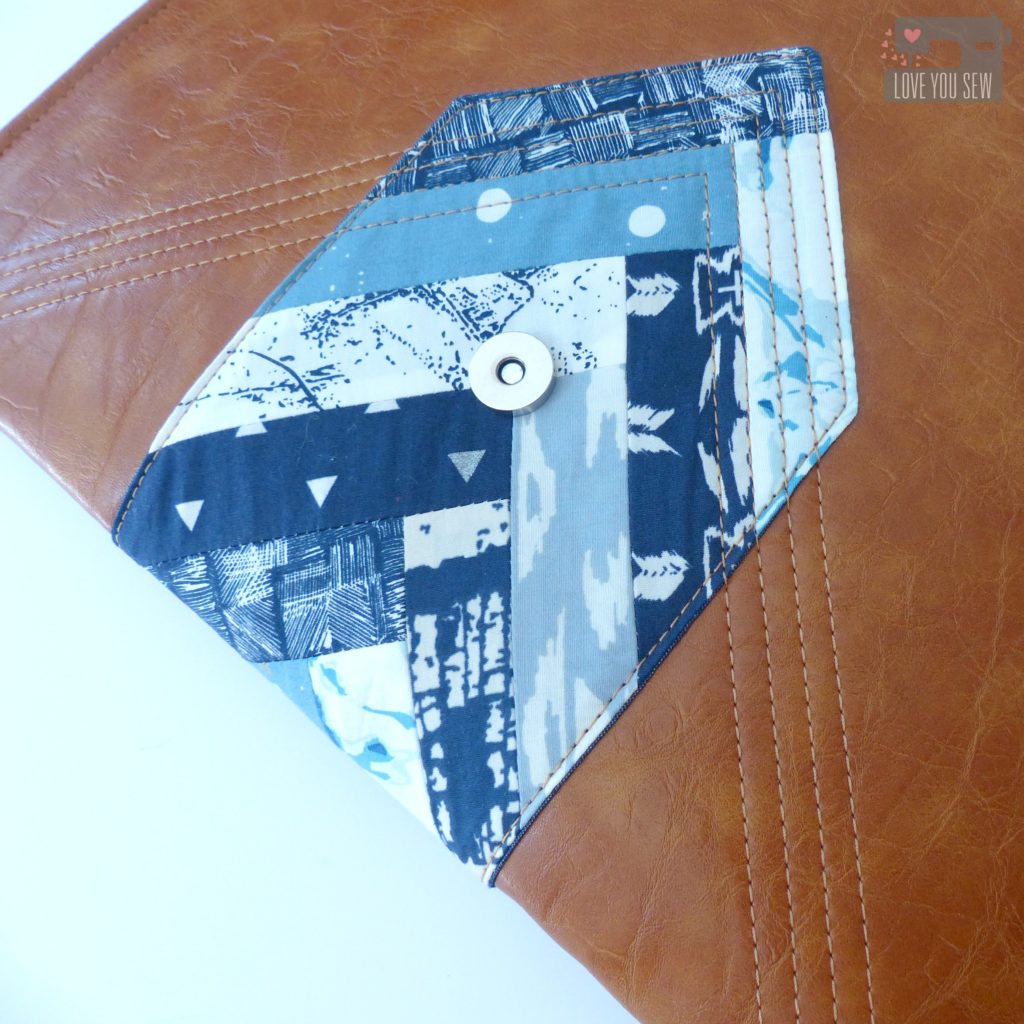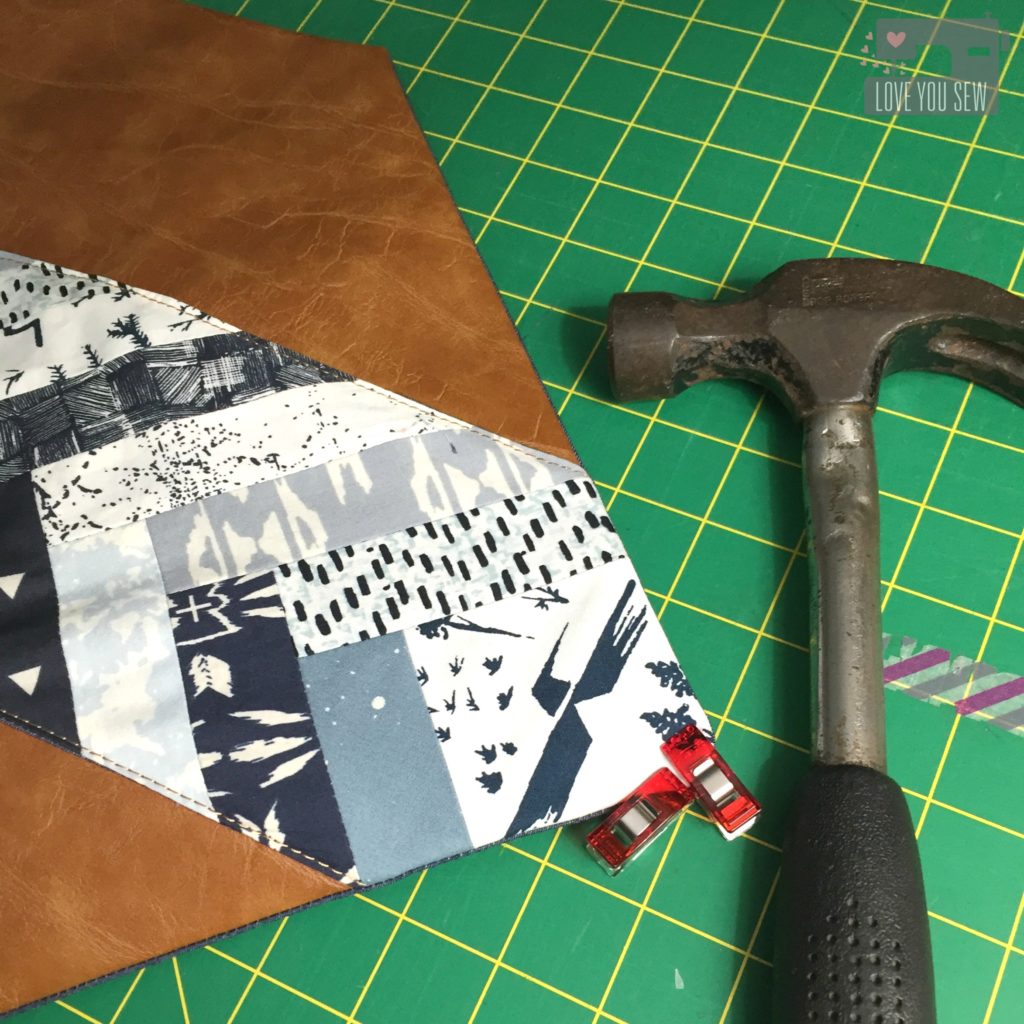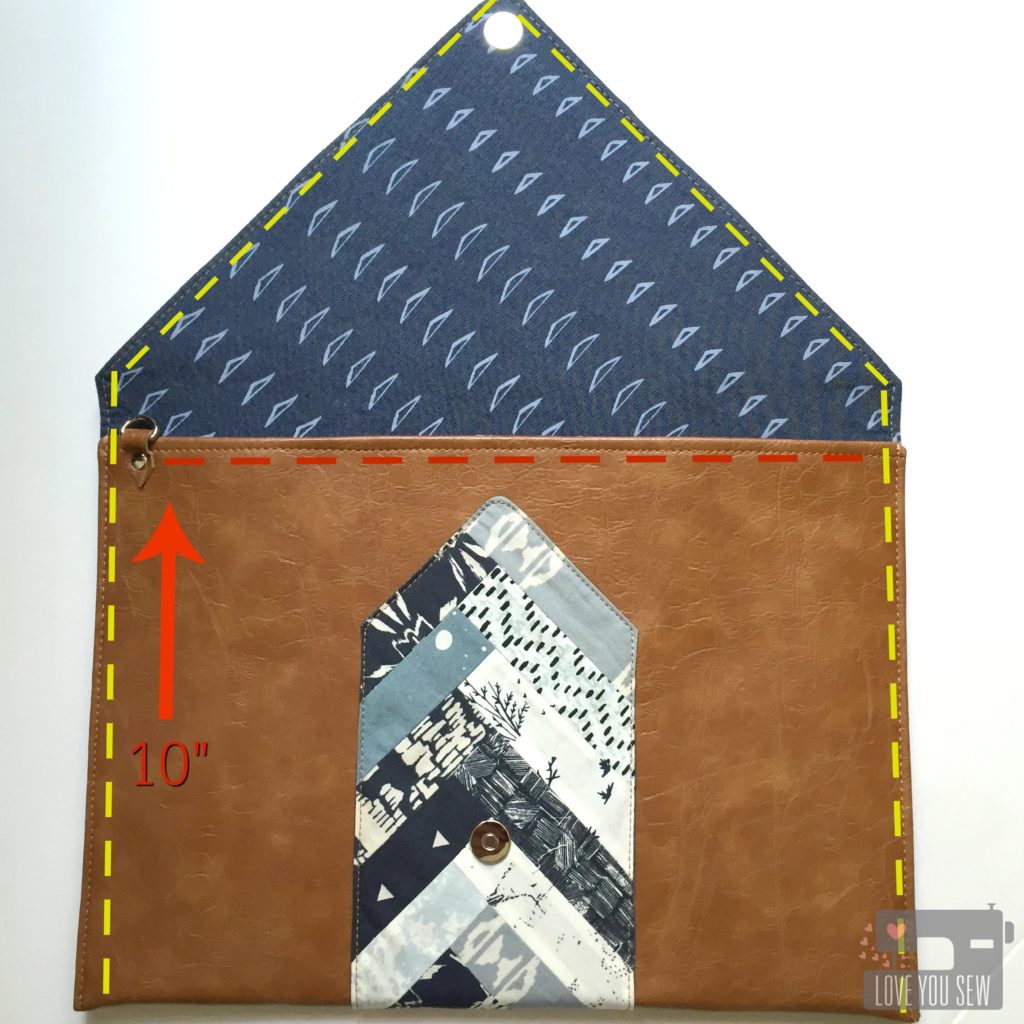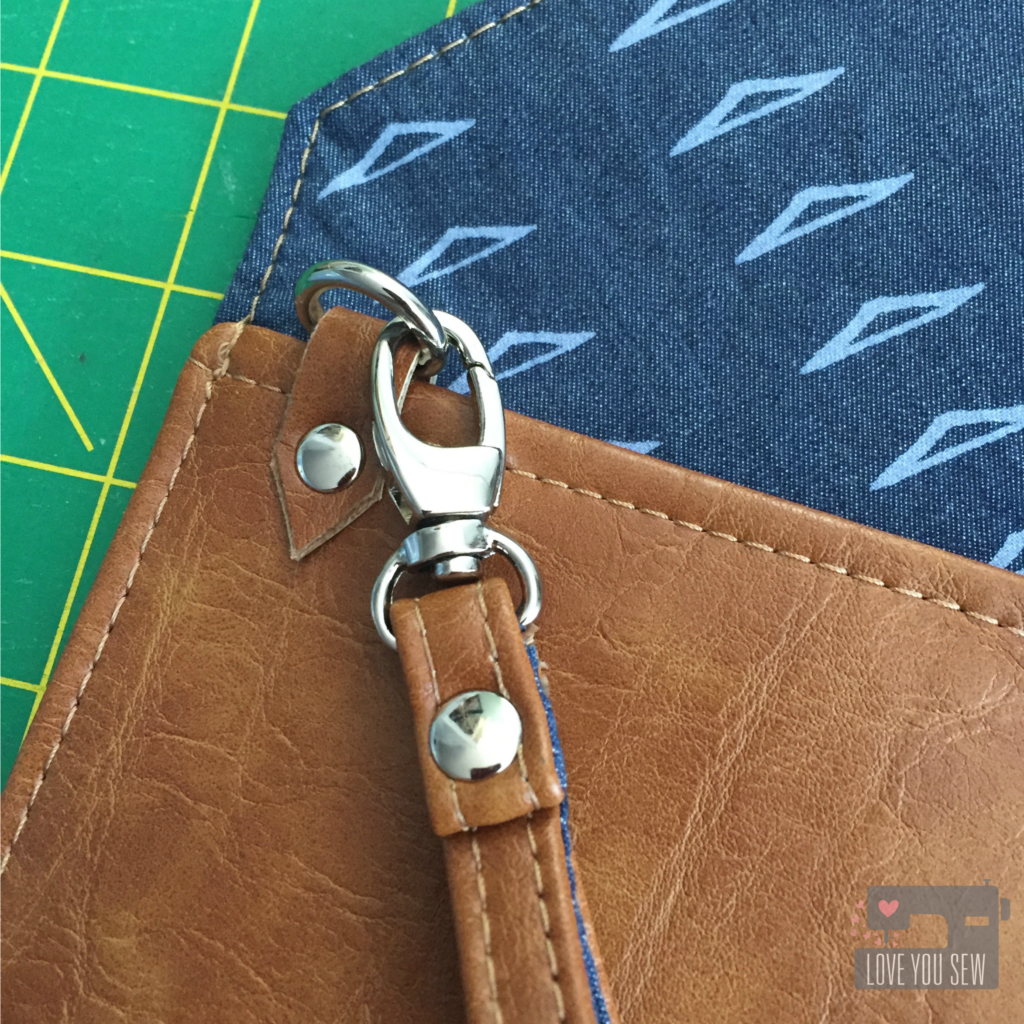I’m a huge fan of racerback tops. I don’t know if I just have weird sloping shoulders or maybe the wrong bras, but any kind of spaghetti strap I wear, always falls down. Over the years, its become pretty annoying having to constantly pull the straps back up. I started to wear mainly racerback bras to combat my issue and then had to find new tank tops that would cover the new strap configuration.
So when Christine Haynes came out with the Rumi Tank pattern, I knew instantly, it was for me. It’s designed for knits, has a classic versatile shape and is stash friendly. I can get a tank out of less than a yard and have made two tanks that out of pure scraps. This pattern is a PDF with printing options for a personal printer and copy shop. I decided to send this pattern to my local big box office supply store (because I had a coupon) for the first time. Let me say, if given the option, I will always choose copy shop printing. Taping PDF patterns is just not what I want to spend my time doing.
My first project was just the tank version and I used the Limestone Feel knit by Leah Duncan . I’m between a 6 and an 8 and also a B cup. From the waist up, I cut a 6 and then graded out to the 8 around the hip (to account for my larger rear) and used a 10 in length.
With a serger, the construction of the Rumi Tank was very quick. However, I made sure to take the time to evenly distribute and pin the neck and armbands for a nice smooth finish. Although not necessary, I do top-stitch (with a ball-point needle!) around the neck and armholes for a professional look and to keep the seam allowance in place.
TIP: I like my garments to even be pretty on a hanger. So, I start and stop all my serging at inconspicuous spots…usually off to one side.
For my second Rumi project, I made the dress version. My family had spring break plans down on Florida and I could use a casual dress to throw over a bathing suit, if needed. April Rhodes’ Observer knit was perfect! I wore it to the beach and back.
Bonus – This dress can be worn with a jacket and layered over leggings.
I’ve made two more Rumi tanks to fill in my summer wardrobe. One with a navy and cream skinny stripe I got from a destash and then another in the same Observer knit because I love the print and color so much 🙂 The ease and comfortability with these makes are awesome. I’ve been wearing them with jeans and skirts all summer long.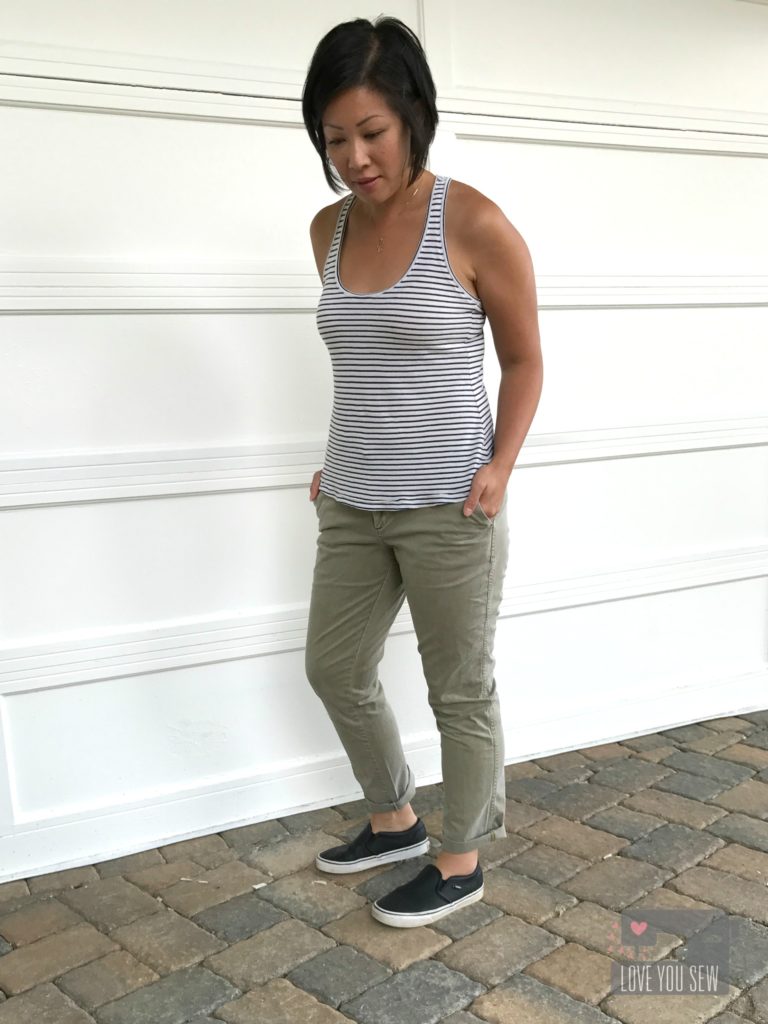
As we near the autumn and winter months, I plan on sewing a few more tanks and dresses. These will make nice layering pieces under my cocoon cardigans and with some fun tights. All in all, I think this is a great beginner knit pattern. It’s also perfect if you are working on a handmade capsule. The silhouette is classic and you don’t have to deal with pesky falling straps!
Happy Sewing!
Cristy
This post may contain affiliate links.
